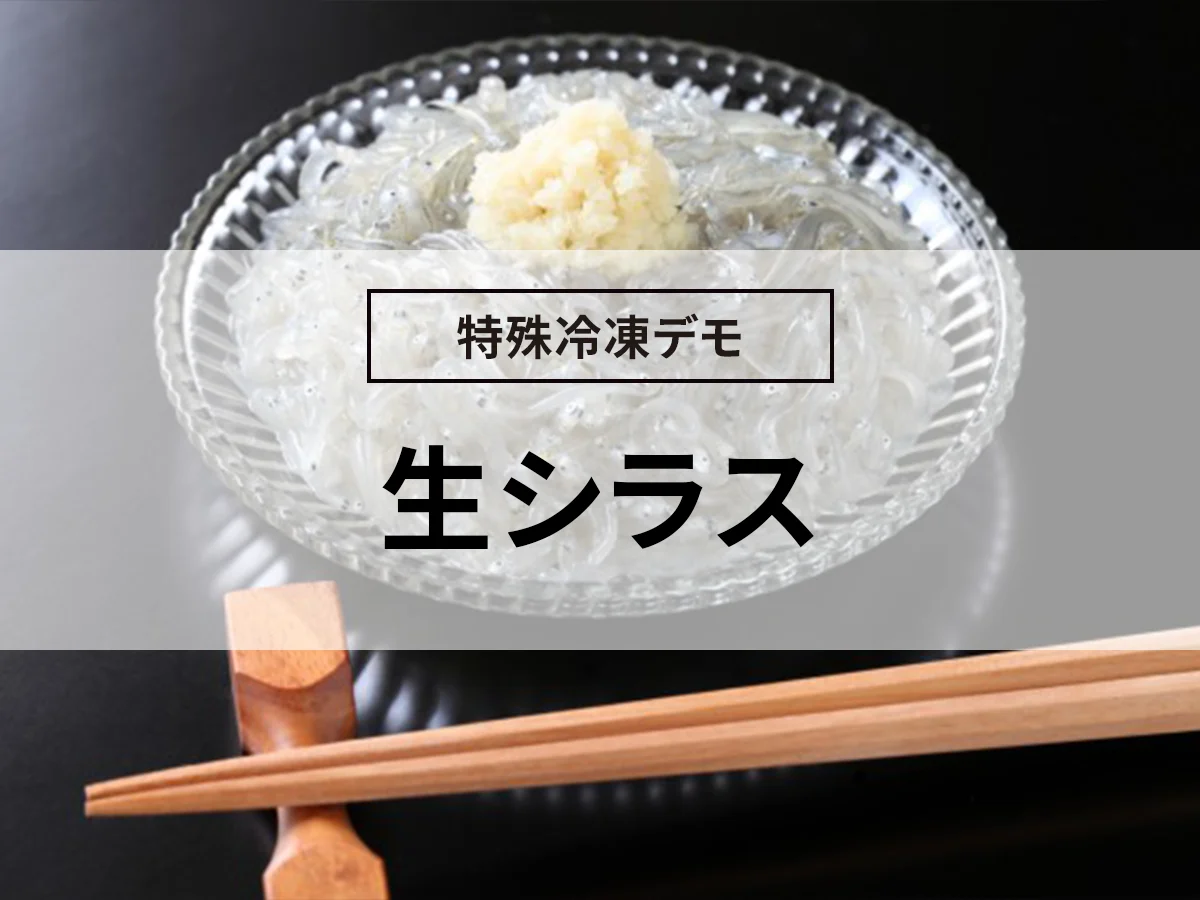[Make frozen oysters even more delicious! ] Correct thawing method and usage recipes
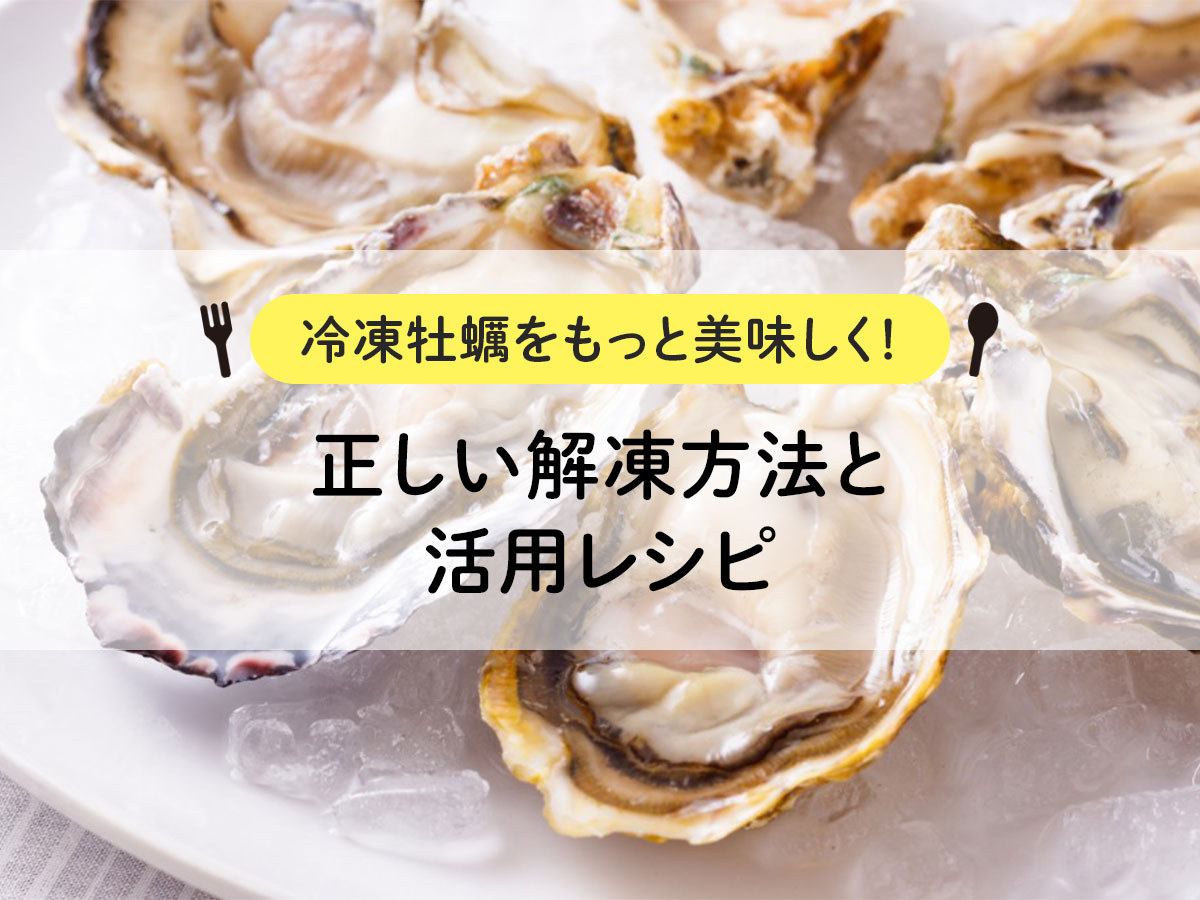
Oysters can be enjoyed in a variety of ways, including fried, hot-pot, and stir-fried, so I'm sure many people like them.
Frozen oysters are especially convenient because they are of good quality and can be thawed and eaten whenever you like.
However, you need to be careful when eating oysters. Oysters are easily eaten, and there is a risk of food poisoning, so it is a food that you must be careful about.
In order to make frozen oysters more delicious, we will introduce how to prevent food poisoning, a good way to thaw them, and delicious recipes.
目次
Good quality and fresh! The appeal of mail-order frozen oysters
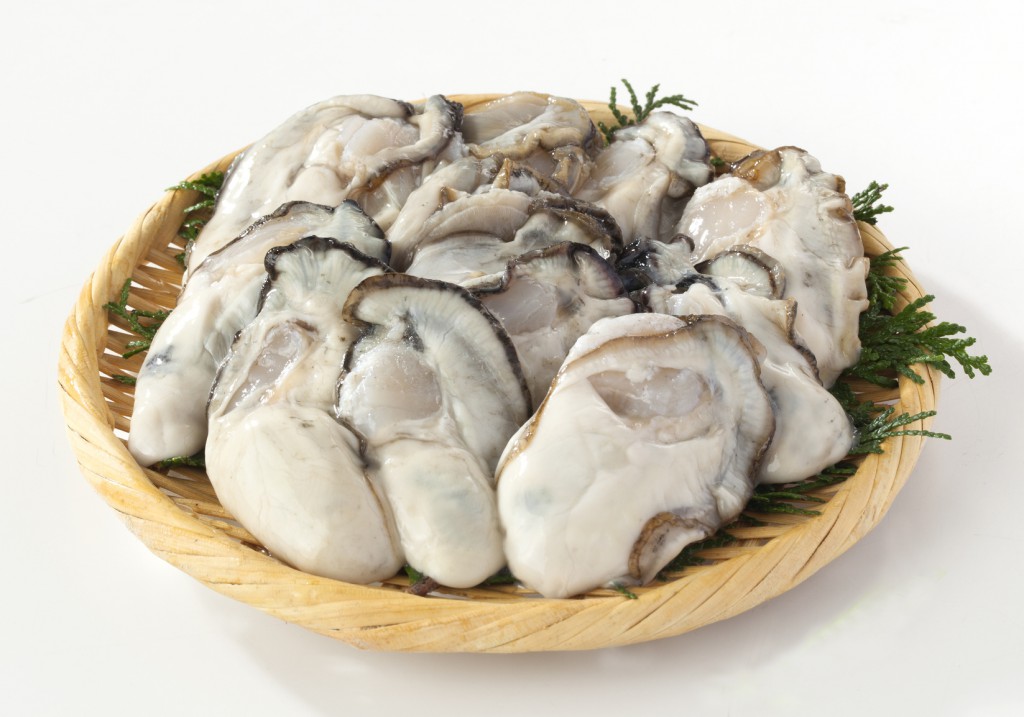
rapid freezing frozen so good quality and fresh
When it comes to oysters, Hiroshima, Miyagi, and Okayama prefectures are famous. Frozen oysters are available through mail order and ordering, and are as fresh and delicious as raw oysters. The reason frozen oysters are of good quality is because they are rapid freezing.
rapid freezing allows cells to be frozen without destroying them, and it is possible to maintain the quality before freezing. It maintains its milky white appearance, firm texture, and sweetness unique to oysters.
You can lock in the flavor and enjoy the crisp texture.
Also, since they are individually frozen, you can conveniently use only the amount you need. Frozen oysters are not only of high quality, but also can be stored for a long time, so you can defrost them and eat them whenever you like.
Various frozen oysters are sold
A variety of oysters are sold, including shucked oysters, oysters in the shell, and steamed oysters. Frozen shucked oysters are easy to use since they have already been removed from the shell.
You can enjoy it in a variety of ways, including fried oysters, oyster hotpot, oyster rice, and sautéed oysters with butter.
Additionally, frozen oysters that have been steamed can be thawed and eaten as they are since they are cooked through. The meat does not shrink easily and the flavor components are concentrated. Like sashimi, it is delicious when eaten refreshingly with ponzu sauce.
How to prevent food poisoning by being careful not to touch oysters

It is important to heat food to prevent food poisoning.
Oysters are delicious, but they are easy to eat and pose a risk of food poisoning. Heating is the most important way to prevent food poisoning.
The main causes of food poisoning in oysters are norovirus, shellfish poison, and Vibrio parahaemolyticus. Norovirus and Vibrio parahaemolyticus are killed in most cases by heating. Shellfish poison will not be killed by heating, but oysters from areas where shellfish poison has been detected are stopped from being shipped, so oysters contaminated with shellfish poison rarely reach the market.
Shellfish poison and Vibrio parahaemolyticus often occur from spring to summer, while norovirus often occurs in winter, when oysters are in season. If you eat raw food without heating it properly, you can easily get food poisoning.
Symptoms of food poisoning include vomiting, diarrhea, fever, and in the case of shellfish poisoning, paralysis. If the symptoms are severe, dehydration, bloody stools, and loss of consciousness may occur, so it is necessary to see a medical institution.
Properly heating oysters can prevent the risk of food poisoning, but cooking utensils such as cutting boards and knives can become infected. Therefore, it is important to wash your cooking utensils properly and keep them clean.
Do not eat raw oysters that are prepared for heating.
Avoid eating raw oysters that have been prepared for heating, as this can be dangerous. The difference between eating raw or heating depends on the place of production. Depending on the sea area, oysters are divided into those that are safe to eat raw and those that are not.
Oysters intended for raw consumption must be strictly hygienic, including expiration dates and storage methods, and must also be labeled as to the area where they were harvested. Therefore, please avoid eating at your own discretion.
Also, even if you are eating raw oysters, it is best to refrain from eating them if you have a cold or are not feeling well, as they can easily irritate you.
Oyster heating time
Properly cooking oysters can prevent food poisoning. For example, norovirus can be sterilized by keeping the core temperature at 85℃ and heating it for 90 seconds or more.
If the food is undercooked and half-cooked, you may get food poisoning, so be sure to heat it properly before eating. However, be careful not to overcook as the meat will become tough if overcooked.
How to thaw frozen oysters deliciously
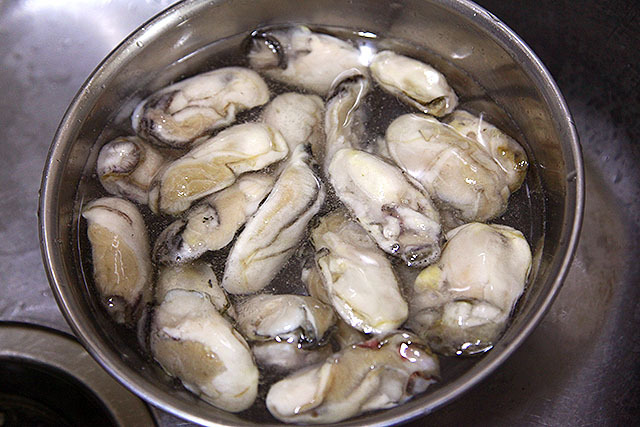
Source: http://portal.nifty.com/kiji/160201195635_1.htm
How to defrost shucked oysters
Defrost frozen shucked oysters in lukewarm water or running water. Thaw in lukewarm water for 15 seconds to 20 seconds, and in running water for 45 seconds to 1 minute. Once the surface has melted, drain it into a colander and wipe it dry with kitchen paper.
You can cook it deliciously without completely thawing it until the ice on the surface has melted and the center is slightly frozen. If you defrost it too much, the flavor will escape, so the key is to thaw it only half way.
Also, soaking the meat in alcohol while partially defrosted will reduce the odor and make the meat more plump. Arrange the half-thawed oysters on a deep plate and soak in enough alcohol to cover the oysters for 30 minutes to 1 hour.
This will prevent the meat from shrinking even when heated, making it fluffy.
How to defrost oysters in the shell
Defrost frozen oysters in the shell in the microwave. Wash them with water, being careful not to injure them with the shells, and place them on a plate with the deep shells facing down. Thaw by heating until the shell opens.
The approximate time it takes to defrost 3 oysters is about 3 minutes at 500W. The thawing time will vary depending on the amount and size, so it's best to keep an eye on it.
It is important not to thaw the oysters too long, as the flavor of the oysters will leak out and cause odor.
Delicious recipes using frozen oysters
Oysters can be enjoyed in a variety of ways, including frying, boiling, and stir-frying. Here are 5 delicious recipes using frozen oysters.
Deep fried oysters
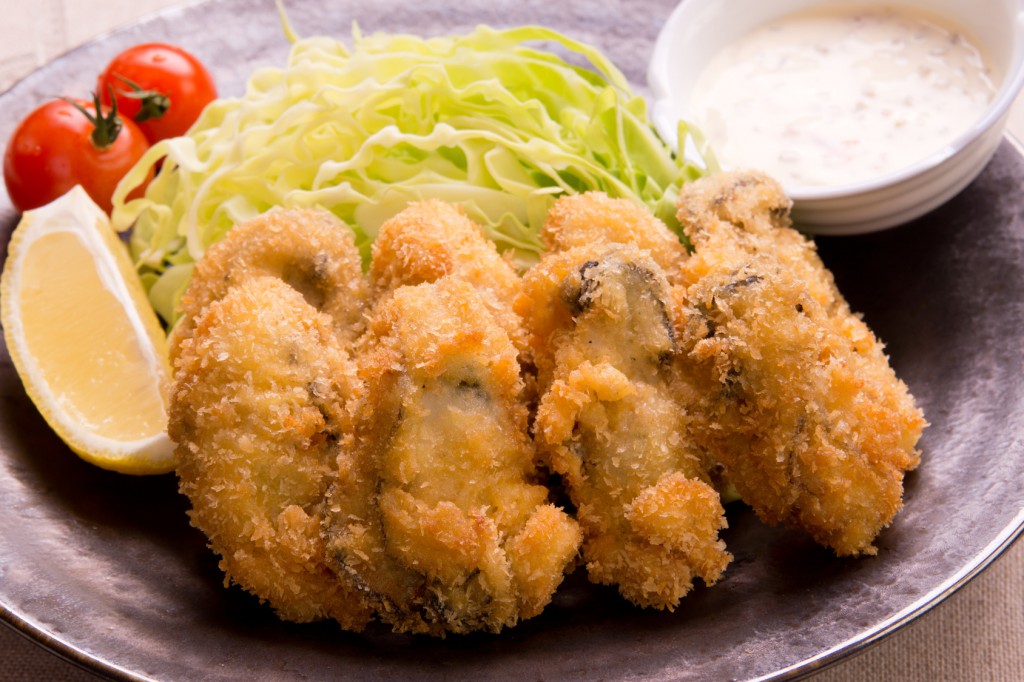
☑【材料】むき身牡蠣、卵、小麦粉、パン粉、塩コショウ
Rinse the thawed oysters with salt water to remove slime, then wipe dry with kitchen paper. Season with salt and pepper, sprinkle evenly with flour, then dip in beaten egg and then breadcrumbs.
Gently squeeze it to let it settle, then fry it in oil.
Gently place the oysters into the oil heated to 180℃. If you fry too many oysters at once, the temperature of the oil will drop and the oysters will burst, so frying them a little at a time will result in better results.
When it turns golden brown, take it out and top with your favorite sauce, such as sauce or tartar sauce.
Oyster hotpot
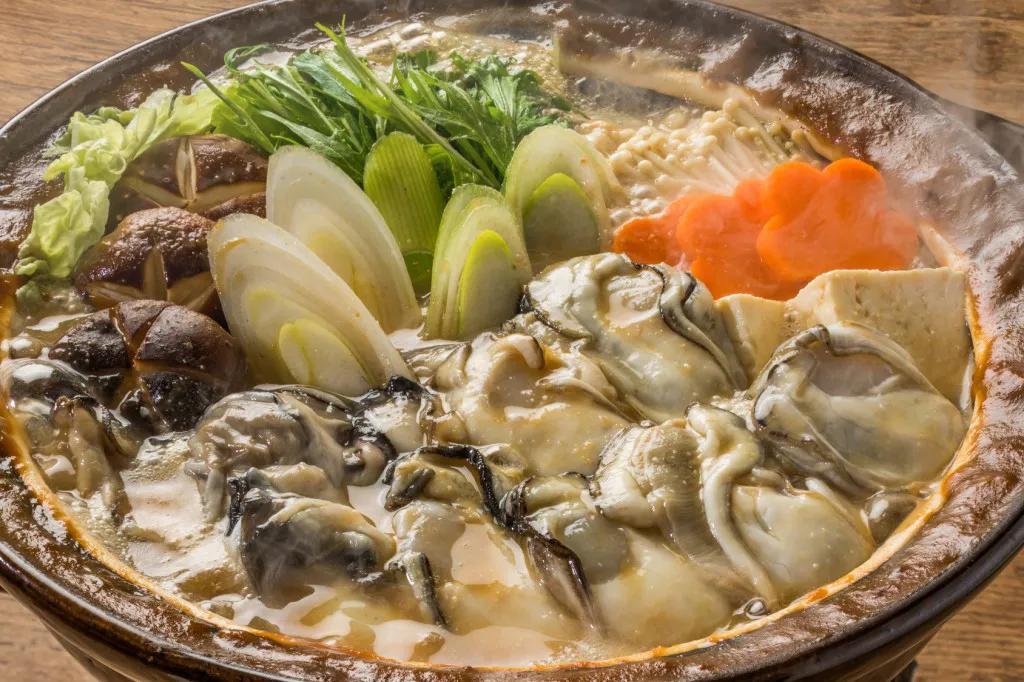
☑【材料】むき身牡蠣、だし昆布、豆腐、くずきり、白菜、ニンジン、しいたけ、ネギなどの野菜、お酒、みりん、醤油、塩
Thaw the oysters and wash them with salt water to remove the slime. Sprinkling the oysters with potato starch will prevent them from shrinking, so it's a good idea to sprinkle the oysters with potato starch before cooking them in a hot pot. Add water and kelp to a pot, soak for about 20 minutes, then turn on the heat.
Just before the water boils, remove the kelp and make the stock. Add seasonings to the dashi stock and complete the hotpot soup.
Cut vegetables such as Chinese cabbage, carrots, shiitake mushrooms, and green onions. Pour about 70% of the pot soup into a clay pot and heat it up, then add the vegetables that are slow to cook first. When the broth gets low, add the pot soup, and when it boils, add the oysters.
It is important not to overcook the oysters as the oysters will shrink if boiled for a long time. You can prevent overcooking by adding as many oysters as you want.
Oyster cooked rice
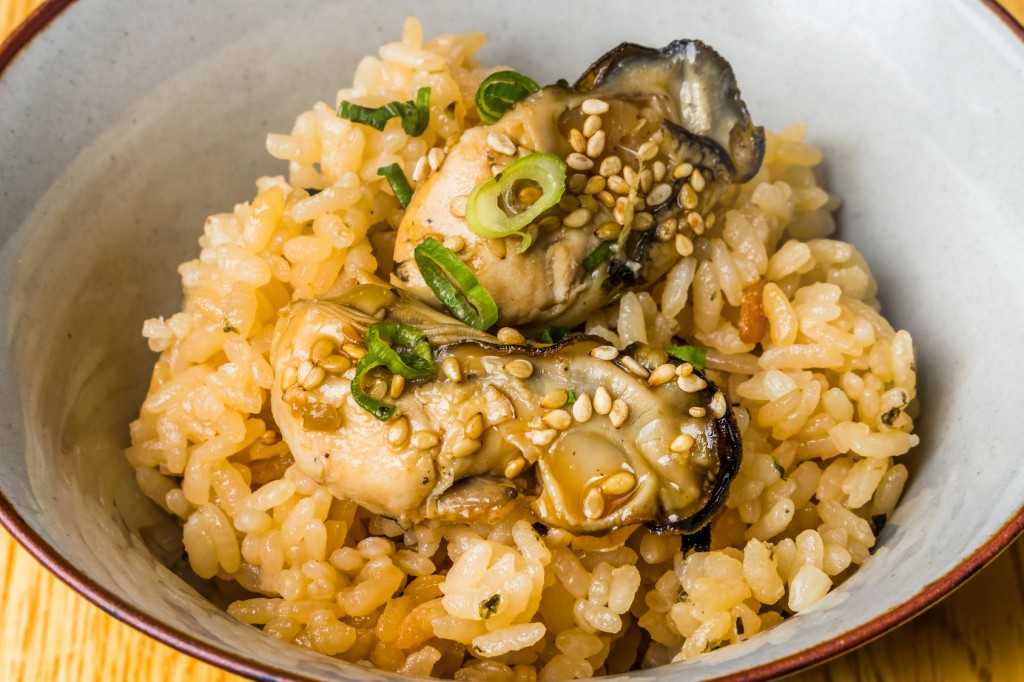
☑【材料】むき身牡蠣、お米(3合)、だし昆布、しめじ、ゴボウ、ニンジンなどの野菜、醤油、お酒、みりん、砂糖、塩、ショウガ
Rinse the thawed oysters with salt water to remove slime, wash the rice, drain in a colander, and leave aside for about 30 minutes. Put the kombu and water in a pot and heat until it becomes soft. Before the water boils, remove the kombu and make the stock.
Add seasonings and ginger to the stock, bring to a boil, and add the oysters. Once the oysters are cooked, remove them.
Cut the burdock root and carrot into strips, and divide the shimeji mushrooms into small pieces. Place the polished rice, vegetables, and the broth from which the oysters were boiled in a rice cooker, add water to make 3 cups, and cook the rice.
When the rice is cooked, mix it gently, add the oysters and let it steam for about 10 minutes. Steam it and serve it in a bowl.
Oyster ajillo
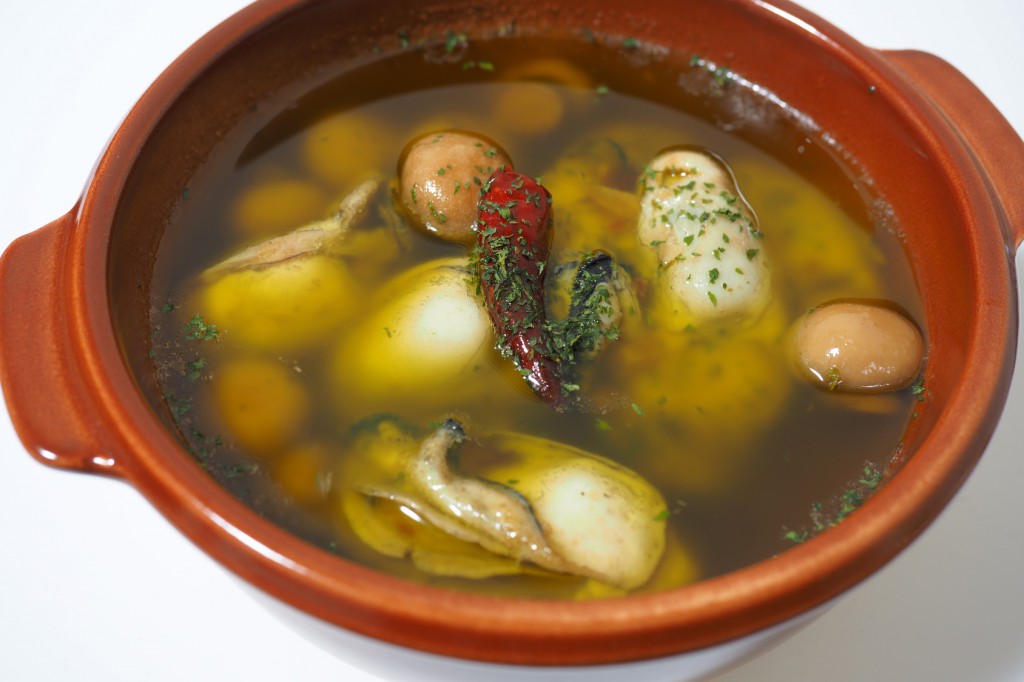
☑【材料】むき身の牡蠣、オリーブオイル、ニンニク、鷹の爪、塩コショウ、パセリ
Peel and slice the garlic, and cut the hawk claws into small pieces. Stir-fry a small amount of olive oil, garlic, and hawk claws over low heat. Once it smells fragrant, add some olive oil and add the thawed oysters.
Stir-fry the oysters until thoroughly cooked, then season with salt, pepper, and parsley. It's delicious when eaten with baguette or toast.
Steamed oysters with sake
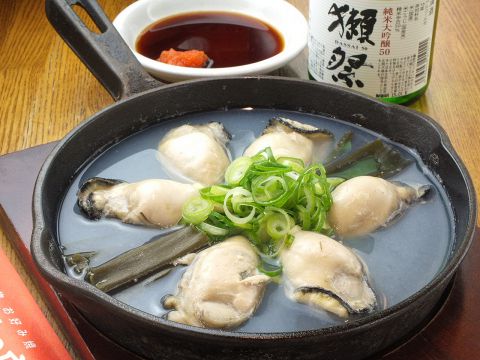
Source: http://www.hotpepper.jp/strJ000026803/
☑【材料】殻つきの牡蠣、日本酒
Wash the surface of the oysters thoroughly with water. Arrange the oysters with the deep shells facing down on a heat-resistant plate, sprinkle with sake, and cover loosely with plastic wrap. Heat it in the microwave and remove it when the shell opens.
Open the shell by inserting a knife between the shells.
Remove the shell, being careful not to burn yourself, as the hot juices may spill out. It is delicious when eaten with yuzu, lemon, or ponzu sauce.
Conclusion
Oysters have a melt-in-the-mouth texture and a unique sweet taste, making them delicious.
Frozen oysters are of good quality and can be thawed and eaten whenever you like.
Defrosting is also easy; if the meat is shelled, you can thaw it in lukewarm water or running water, and if it is in the shell, you can thaw it in the microwave.
However, you need to be careful when eating oysters, as they carry the risk of food poisoning. Heating can prevent food poisoning, so please be careful and enjoy it in a variety of ways.








![[Storage period increased by 30 times! ] Achieving a stable supply of raw whitebait!](https://shunkashutou.com/wp-content/uploads/2016/11/579c55e6d32e1385c250e8e7c3ed59a71.jpg)
![[Sales increased 100 times! ] rapid freezing the signature menu “Ni-katsu sandwich”!](https://shunkashutou.com/wp-content/uploads/2016/11/IMG_02391.jpg)
![[Horse sashimi] We have significantly reduced waste loss with rapid freezer!](https://shunkashutou.com/wp-content/uploads/2016/11/5fda59d0cbcdabde18e58c3c58c09ed0.jpg)




![[Storage period increased from 3 days to half a year! ] Restaurants are expanding their business using wholesale and mail order!](https://shunkashutou.com/wp-content/uploads/2018/04/66c19942ab4ba346fdb64ccc04cde373.png)
![[Reduce loss from 200 kg of oysters to zero] Improve loss and expand business with rapid freezer](https://shunkashutou.com/wp-content/uploads/2018/06/19785ca583a8d3c4041c7c192d041b0d.jpg)














![Explaining how to freeze garland chrysanthemums with photos! [Defrosting and storage period, 5 recipes]](https://shunkashutou.com/wp-content/uploads/2023/10/syungiku-catch-768x512-1.jpg)
![How to freeze mushroom mushrooms, storage period, and 5 recipes! [Explanation with photos! ]](https://shunkashutou.com/wp-content/uploads/2023/09/4b6ffe2ef040e90085b4ee4f0c3e72a9.jpg)
![[Save onions in the freezer! ] Introducing storage methods and recipes with photos](https://shunkashutou.com/wp-content/uploads/2023/10/9d2c1259f1c42d7a0e3b61af361e5da8.jpg)
![[Explanation with photos! ] How to freeze green beans, storage period, and 5 recipes](https://shunkashutou.com/wp-content/uploads/2023/09/f3dbbe5b1d05a50f514a833efdceced9.jpg)
![[Freezing Preservation Tips Series] How to freeze radish deliciously and reference recipes!](https://shunkashutou.com/wp-content/uploads/2023/08/0248ce56316e8dc86c8a3ea85ff1a479.jpg)
![[Explanation with photos] How to freeze peaches, storage period, and 5 recipes!](https://shunkashutou.com/wp-content/uploads/2023/09/b454a38d482a64b14d55d2560aa4193a.jpg)
![[Explanation of how to bake! ] How to freeze gyoza, storage period, and arranged recipes](https://shunkashutou.com/wp-content/uploads/2023/09/c3dca78e4f555cfbcfe88d6e13b19bba.jpg)
![[Explanation with photos] How to freeze meat sauce, storage period, and 5 recipes!](https://shunkashutou.com/wp-content/uploads/2023/09/efa7161a08e57ef763d9e19623c7669c.jpg)
![[Explanation with photos! ] How to freeze pork, expiration date, and 5 recipes!](https://shunkashutou.com/wp-content/uploads/2023/10/8688cd28f298c3180c30169cec815293.jpg)
![Introducing how to freeze corn and recipes [Explanation with photos! ]](https://shunkashutou.com/wp-content/uploads/2023/08/195a6cd4120bbae043606a677c71a7dc.jpg)
![[Recommended for those living alone! ] How to freeze rice, storage period, and easy recipes!](https://shunkashutou.com/wp-content/uploads/2023/08/b3c2c946949856ed2c8a8098eacf6641.jpg)
![[Be good at saving money! ] Introducing the method and recipe for freezing fried rice](https://shunkashutou.com/wp-content/uploads/2023/10/mayo-tyahan-1024x768-1.jpg)
![[How long does it last? ] How to freeze cooked rice and how long it can be stored](https://shunkashutou.com/wp-content/uploads/2023/10/7e31499b015d58f220536e3274a41bf2.jpg)
![[Explanation with photos! ] How to freeze pumpkin, storage period, and 5 recipes](https://shunkashutou.com/wp-content/uploads/2023/10/36d3edf3acec7cf27351bd1211e770ac.jpg)
![[Boiled eggs can be frozen! ] How to freeze boiled eggs, storage period, and recipe introduction](https://shunkashutou.com/wp-content/uploads/2023/07/e9e8eb9cedf1c8fe2dea6d08c136952e.jpg)
![How to freeze apples and what is their nutritional value? Perfect for baby food! [Explanation with photos! ]](https://shunkashutou.com/wp-content/uploads/2023/10/cf0380a4b371d2f43e0f0ed99c7344a2.jpg)
![[Can it be frozen? ] 5 recipes for yogurt freezing and shelf life!](https://shunkashutou.com/wp-content/uploads/2023/10/yogurt-catch-768x512-1.jpg)
![[Freshly made raw soba all over the country! ] Example of introducing a quick freezer at a soba restaurant](https://shunkashutou.com/wp-content/uploads/2016/01/6d8138adcf26c410c11b25d5b8d2f3de.jpg)
![[Can it be frozen? ] Introducing a good way to freeze green peppers and side dish recipes](https://shunkashutou.com/wp-content/uploads/2023/09/30407f106c5c082468c66af0d40c5858.jpg)
![[8 times more nutrition! ] Introducing how to freeze clams, storage period, and 5 recipes](https://shunkashutou.com/wp-content/uploads/2023/10/57204e2a2f115f810e29e365cfc86638.jpg)
![[Just the meat from the field! ] Introducing how to freeze tofu and meat imitation recipes!](https://shunkashutou.com/wp-content/uploads/2023/10/100675242-768x512-1.jpg)
![[A must-see for restaurants that serve rice] What is rapid freezing that can preserve rice for a long time?](https://shunkashutou.com/wp-content/uploads/2021/02/rice.jpg)
![[Safely distribute delicious fish! ] Kill Anisakis with rapid freezing technology!](https://shunkashutou.com/wp-content/uploads/2016/03/99093c5fe8b0d716c39df907616e4a96.jpg)
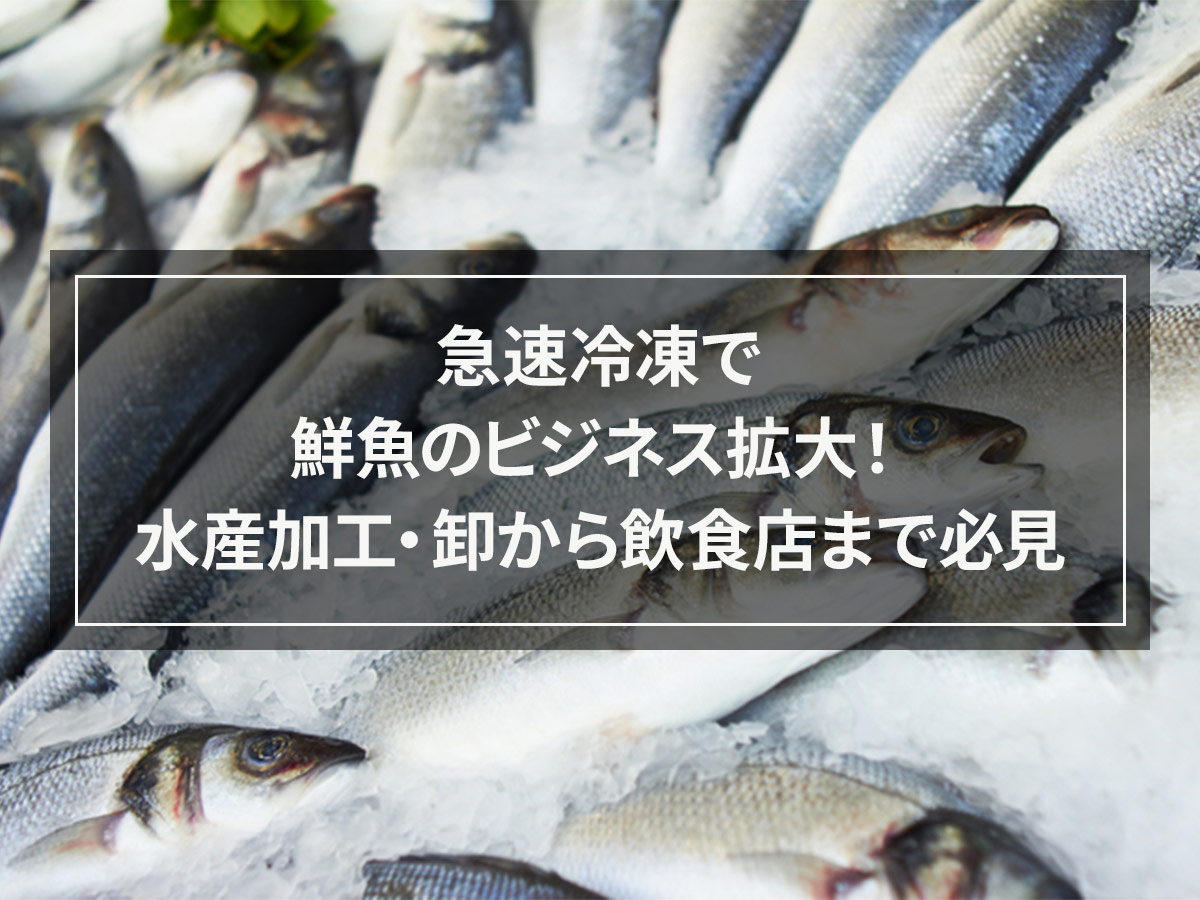
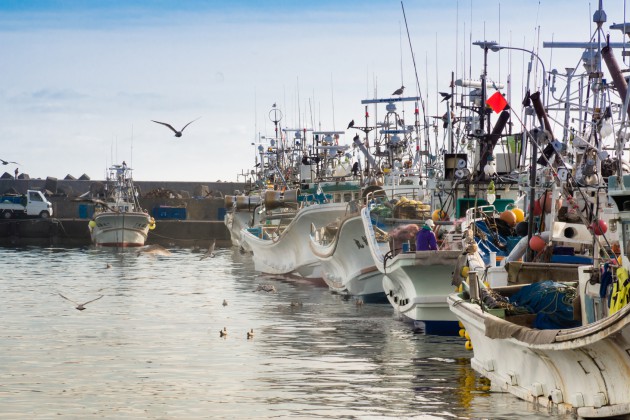


![[Recover the machine cost in about 1 year! ]Reduce loss of tiger puffer fish with rapid freezing!](https://shunkashutou.com/wp-content/uploads/2018/07/1772bacb83f79fbd476ca3d66c8f8281_s1.jpg)
![[Explaining how to freeze fish! ] Introducing storage period and thawing method!](https://shunkashutou.com/wp-content/uploads/2023/08/a794d4ac4e5f56cd881ba06a0edf9449.jpg)

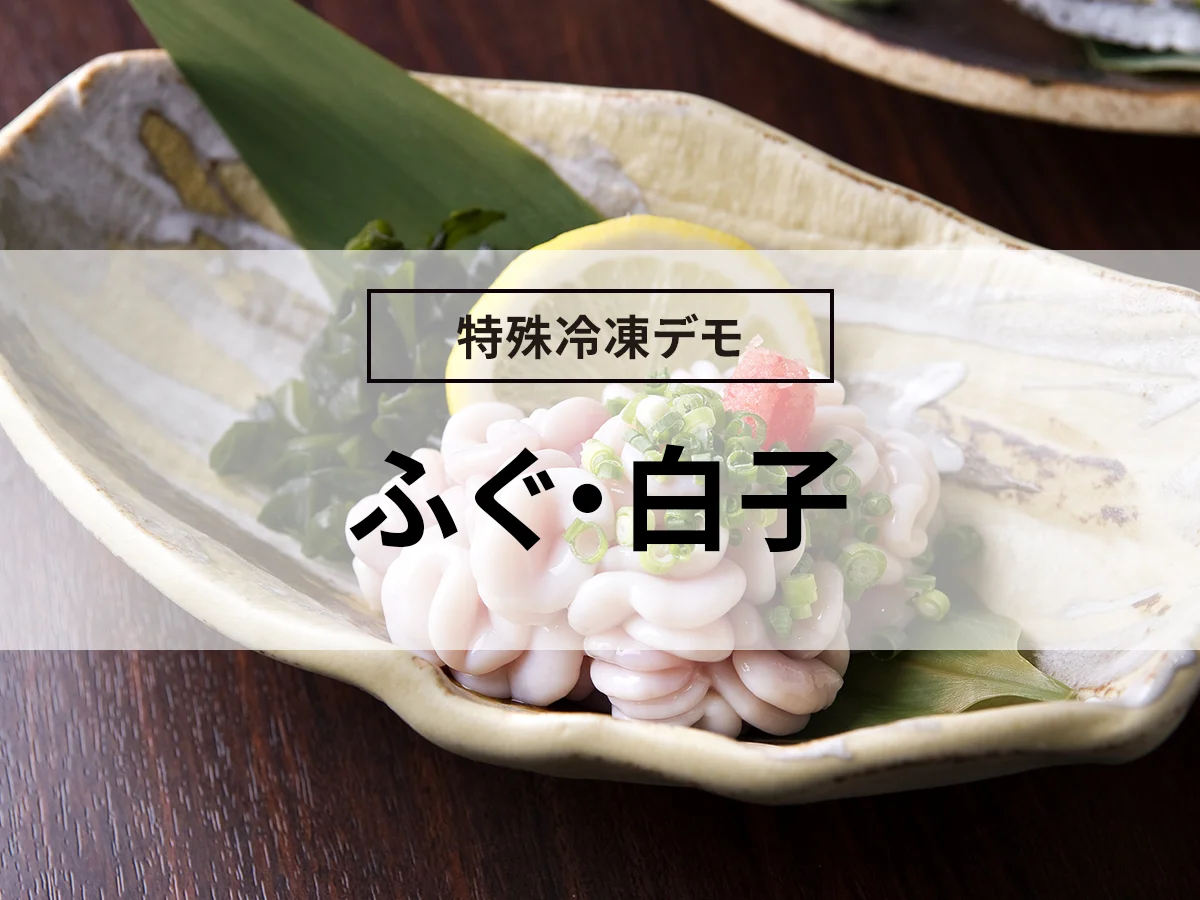
![[Successful example of rapid freezing] Efforts of Yuko Fisheries Cooperative and regional revitalization by women](https://shunkashutou.com/wp-content/uploads/2015/11/68950ce21415f187d34a8a1d5b48956a.jpg)
![Introducing how to freeze and thaw whitebait, as well as recipes for its use [Full of nutrition! ]](https://shunkashutou.com/wp-content/uploads/2023/10/04d15012ec36f91a5574f63dfa9d4771.jpg)
![Explaining how to freeze tempura with photos! [Storage period, thawing, carefully selected recipes]](https://shunkashutou.com/wp-content/uploads/2023/10/51f33cde78d02d01a9e827132e4f069d.jpg)
![[Need to know] 7 points to thaw frozen crab deliciously](https://shunkashutou.com/wp-content/uploads/2023/08/394440560c05fb5b512d75b81a3fae4f.jpg)
![[Explanation with photos! ] How to freeze saury, storage period, and 5 recipes!](https://shunkashutou.com/wp-content/uploads/2023/10/fff0f92d808aca2392b3eb576f218f08.jpg)
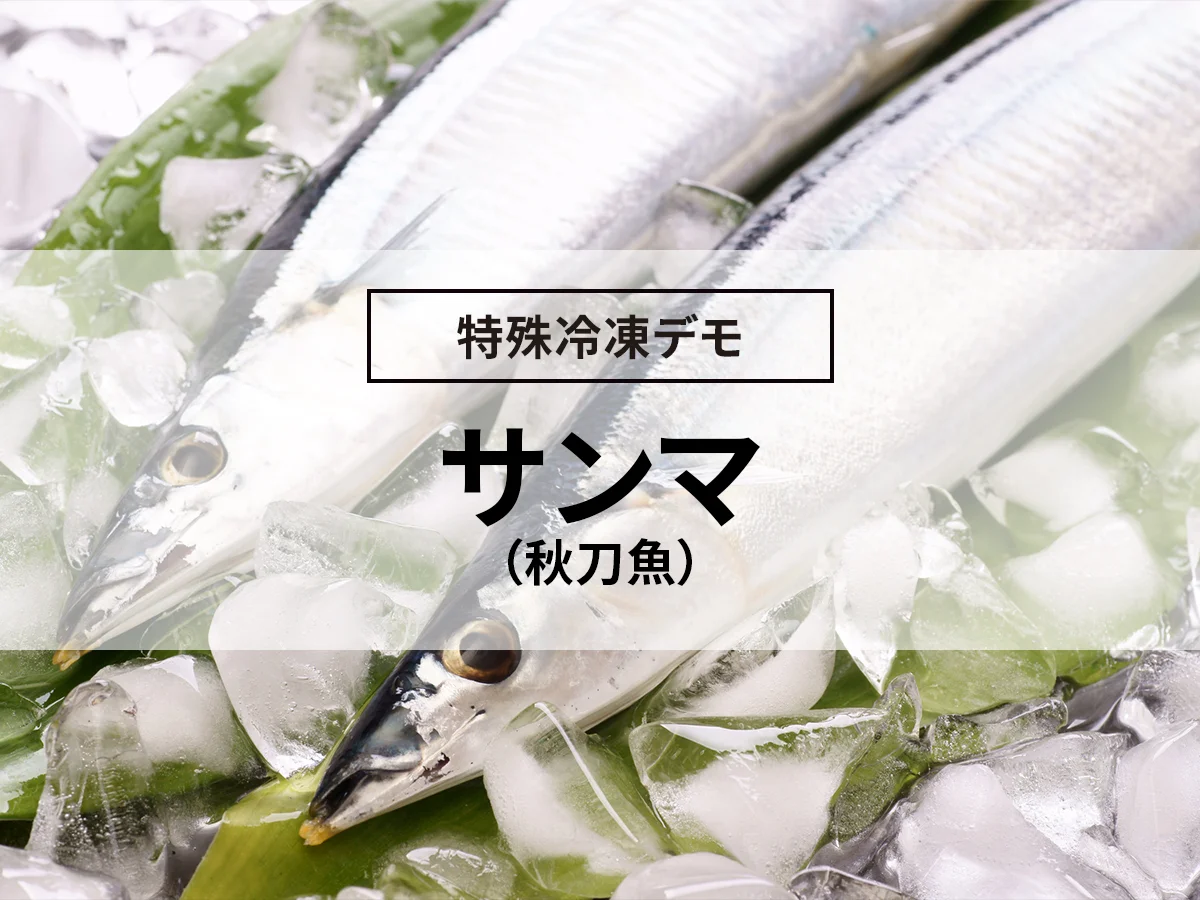
![[How to use leftover sashimi! ] Introducing frozen preservation methods and arrangement recipes](https://shunkashutou.com/wp-content/uploads/2023/10/7451dbe2231dbc559fe002350b8add67.jpg)
![[Required for food business operators] What is the reason for implementing HACCP and using rapid freezing?](https://shunkashutou.com/wp-content/uploads/2017/02/b9dcd4b8ff706013bae4aafeda989b6e.jpg)
![[Food/processing manufacturers] Advantages and success stories of introducing rapid freezer](https://shunkashutou.com/wp-content/uploads/2015/05/jirei_kakou_img_01.jpg)
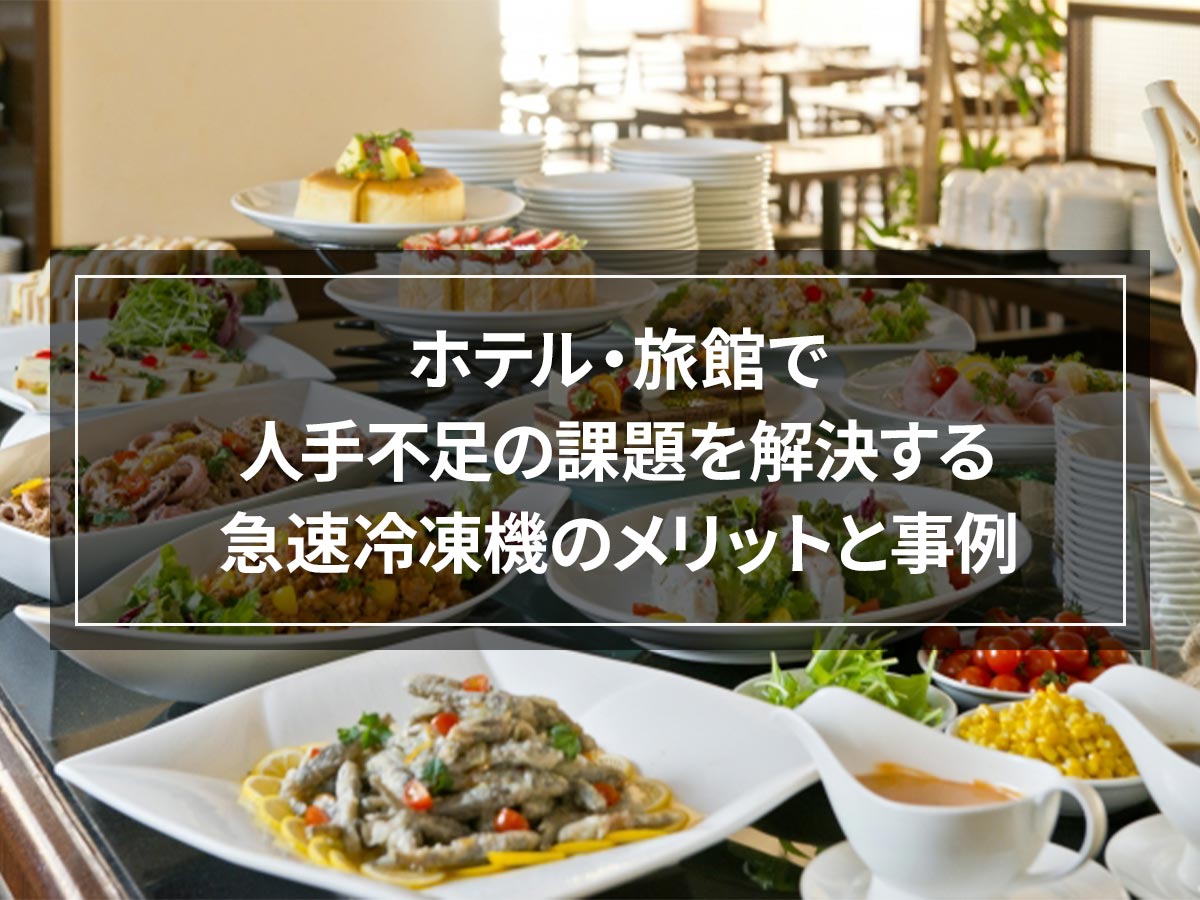
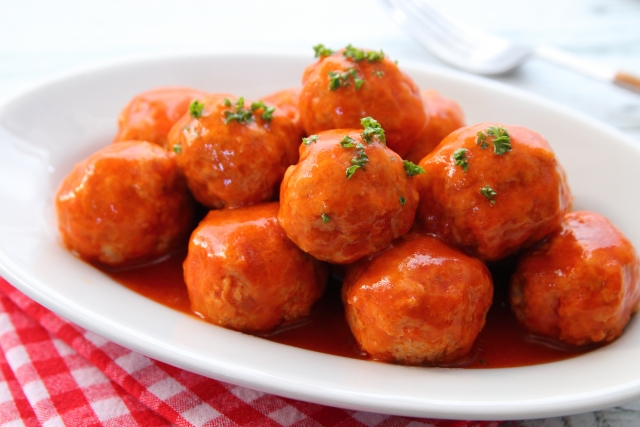

![[Improve customer satisfaction] What can be solved by introducing rapid freezer at a lunch box delivery company for the elderly?](https://shunkashutou.com/wp-content/uploads/2016/08/dummy-related_02.jpg)
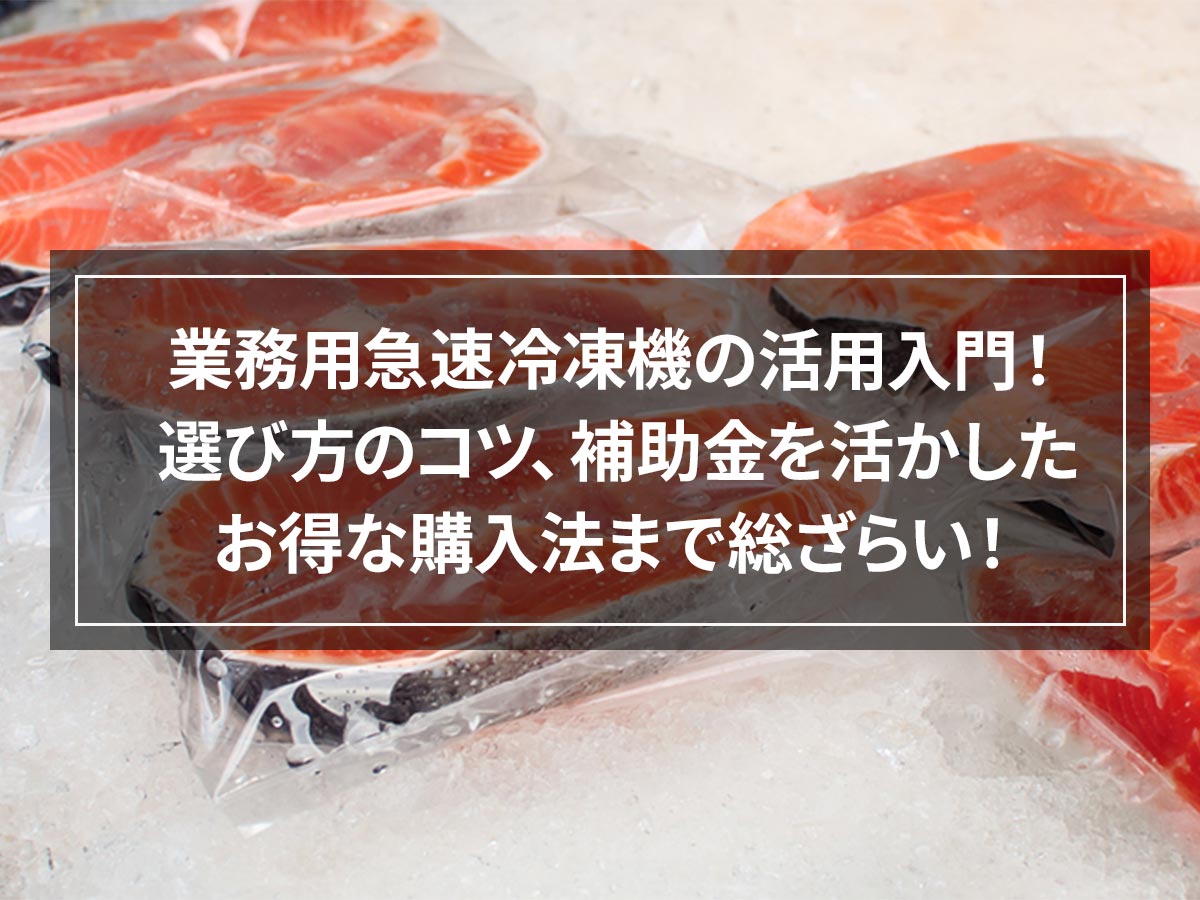
![[Can it be frozen? ] How to freeze fresh cream, storage period, thawing method and 5 recipes!](https://shunkashutou.com/wp-content/uploads/2023/09/1887f5bd8f2d7f9ef1d88754f2c5bcc4.jpg)
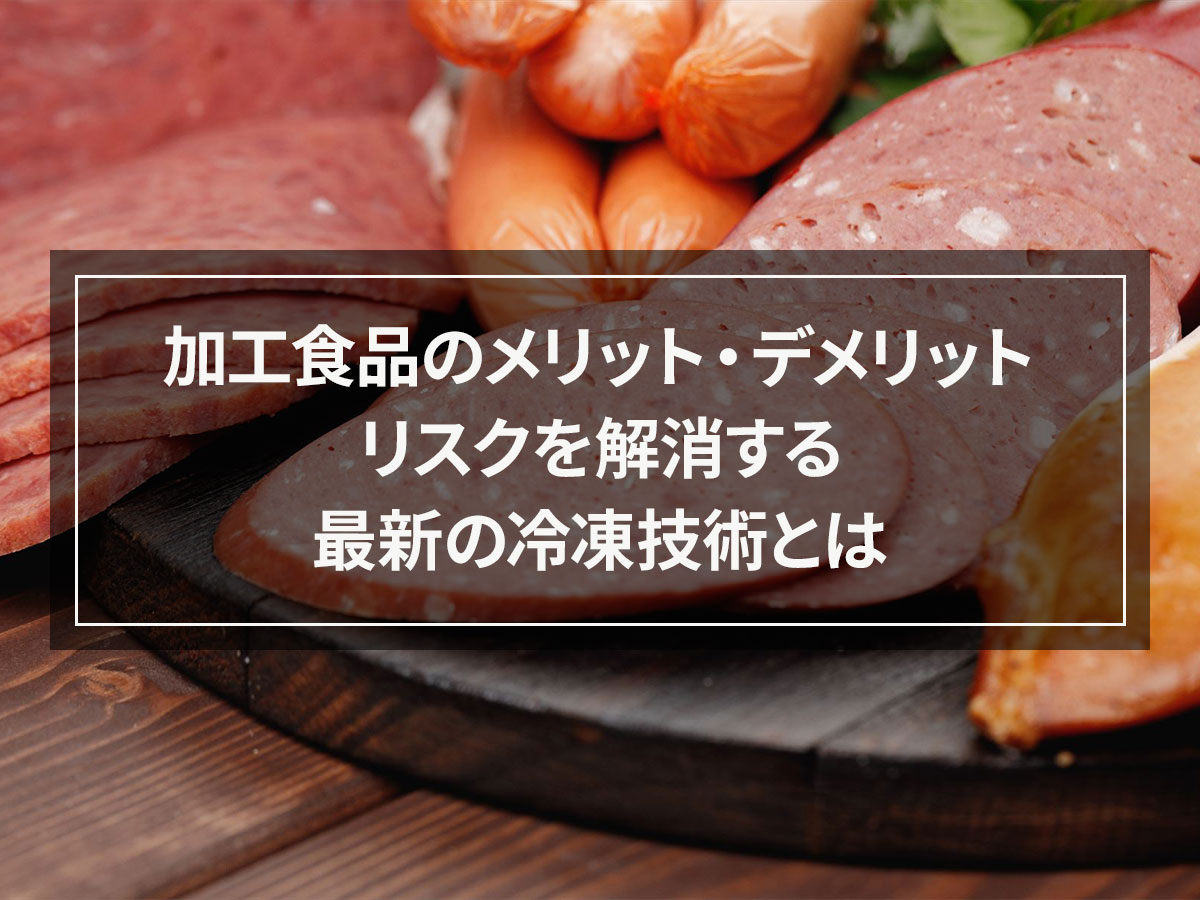

![[Includes recommendations by industry] Summary of types and benefits of small rapid freezer](https://shunkashutou.com/wp-content/uploads/2020/12/smallsize.jpg)
![[Explanation with photos! ] How to freeze mackerel fillets and 5 carefully selected recipes!](https://shunkashutou.com/wp-content/uploads/2023/10/bf45f102162a8d43387d3a8d3e538034.jpg)
![Explaining how to freeze Maitake mushrooms, their nutritional value, and recipes! [Explanation with photos! ]](https://shunkashutou.com/wp-content/uploads/2023/09/9face03809f7fcaf2e3599773b2e8c80.jpg)
![[Commercial use] Thoroughly investigate the cause of frost forming in the freezer! How to prevent frost formation?](https://shunkashutou.com/wp-content/uploads/2016/06/09c17e4deeb1ac0cdc5a513eaf89ab1a.jpg)
![[Bringing fresh cakes nationwide] How to dramatically increase profits at a pastry shop?](https://shunkashutou.com/wp-content/uploads/2016/03/661ea3ee6264fab6520017622c656870.jpg)

![[Can it be frozen? ] How to freeze and thaw okonomiyaki, arrangement recipe!](https://shunkashutou.com/wp-content/uploads/2024/01/58bc763c02f23a2a6442d6449853a67b.jpg)
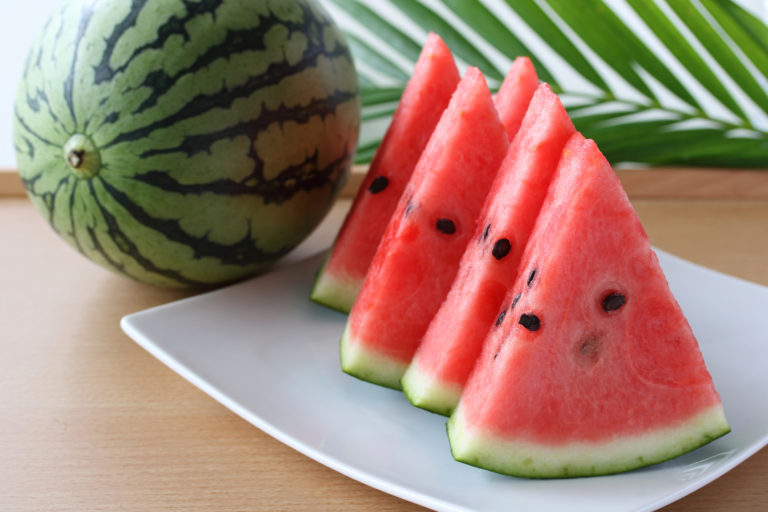
![How to freeze potatoes and a great time-saving recipe! [Moms must see! ]](https://shunkashutou.com/wp-content/uploads/2023/10/potato1-768x512-1.jpg)
![[Supervised by a nutritionist! ] How to freeze bean sprouts, storage period, and 5 recipes!](https://shunkashutou.com/wp-content/uploads/2023/09/34f4d39c30e79629a89bf54221841964.jpg)
![[With photos] Lemon freezing and storage period, recipes for how to use frozen lemons](https://shunkashutou.com/wp-content/uploads/2023/09/21a01b705aff194717e200bf6dc6ce5b.jpg)
![[Nutrition remains the same! ? ] Introducing how to use frozen vegetables and recommended recipes](https://shunkashutou.com/wp-content/uploads/2023/10/vegetables-reito-1-1-768x511-1.jpg)
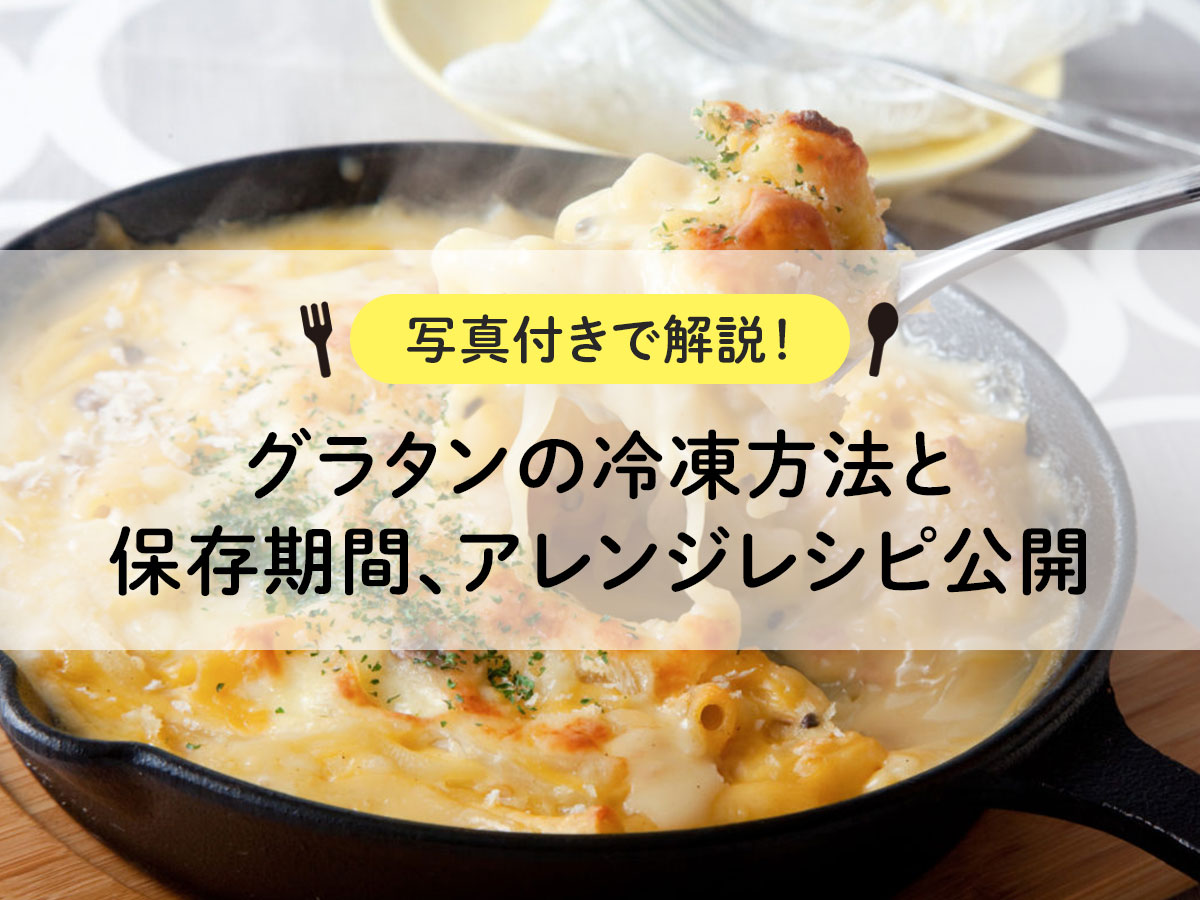
![How to freeze sweet potatoes, storage period, and 5 recipes! [Explanation with photos! ]](https://shunkashutou.com/wp-content/uploads/2023/10/36256af24531b73a036523ba73bdf9ec.jpg)
![[Explanation of how to fry! ] Introducing how to freeze spring rolls and 5 carefully selected recipes!](https://shunkashutou.com/wp-content/uploads/2023/09/8964429f347a4ffd32dca5809cd02100.jpg)
![[Explanation with photos] How to freeze salmon fillets, storage period, and 5 recipes](https://shunkashutou.com/wp-content/uploads/2023/10/fb96564ba06a8cc88a72f0c971ad54e5.jpg)
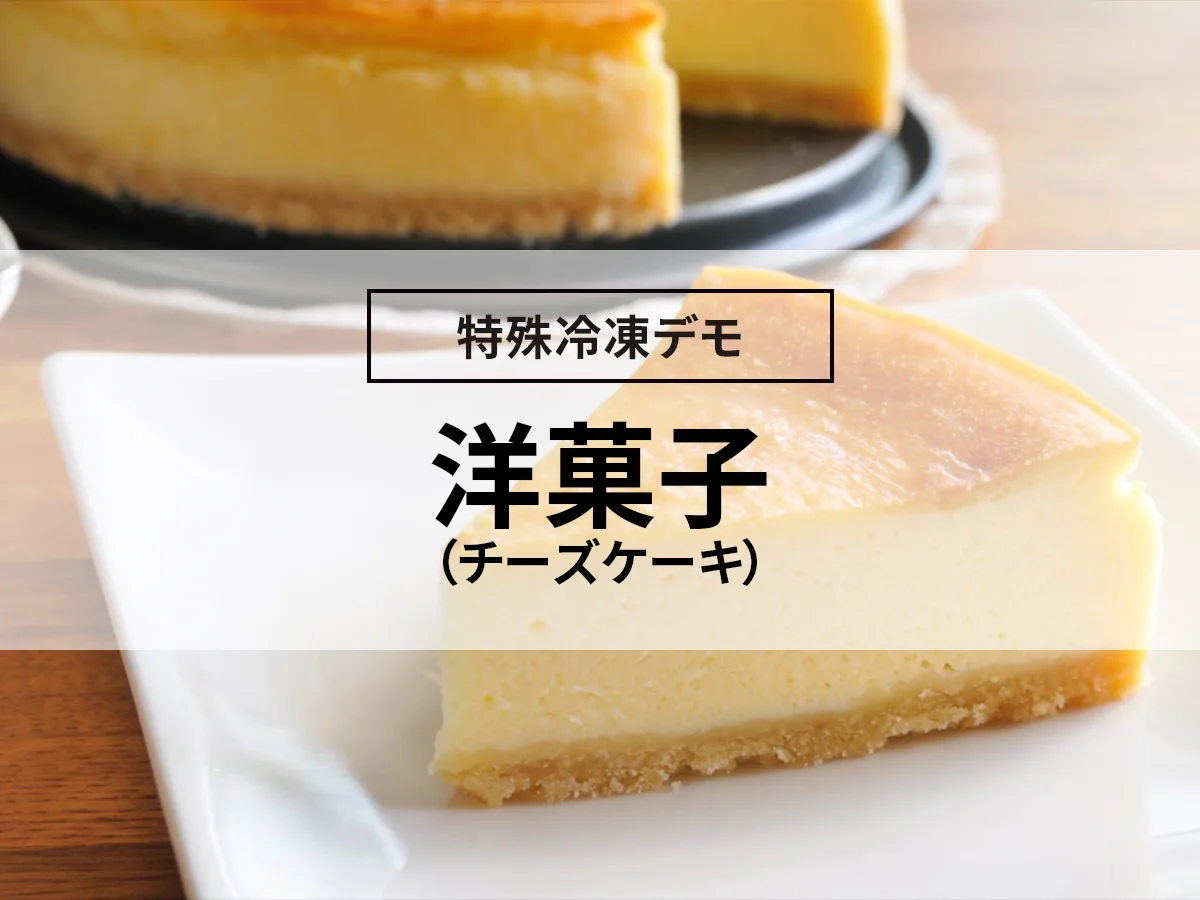
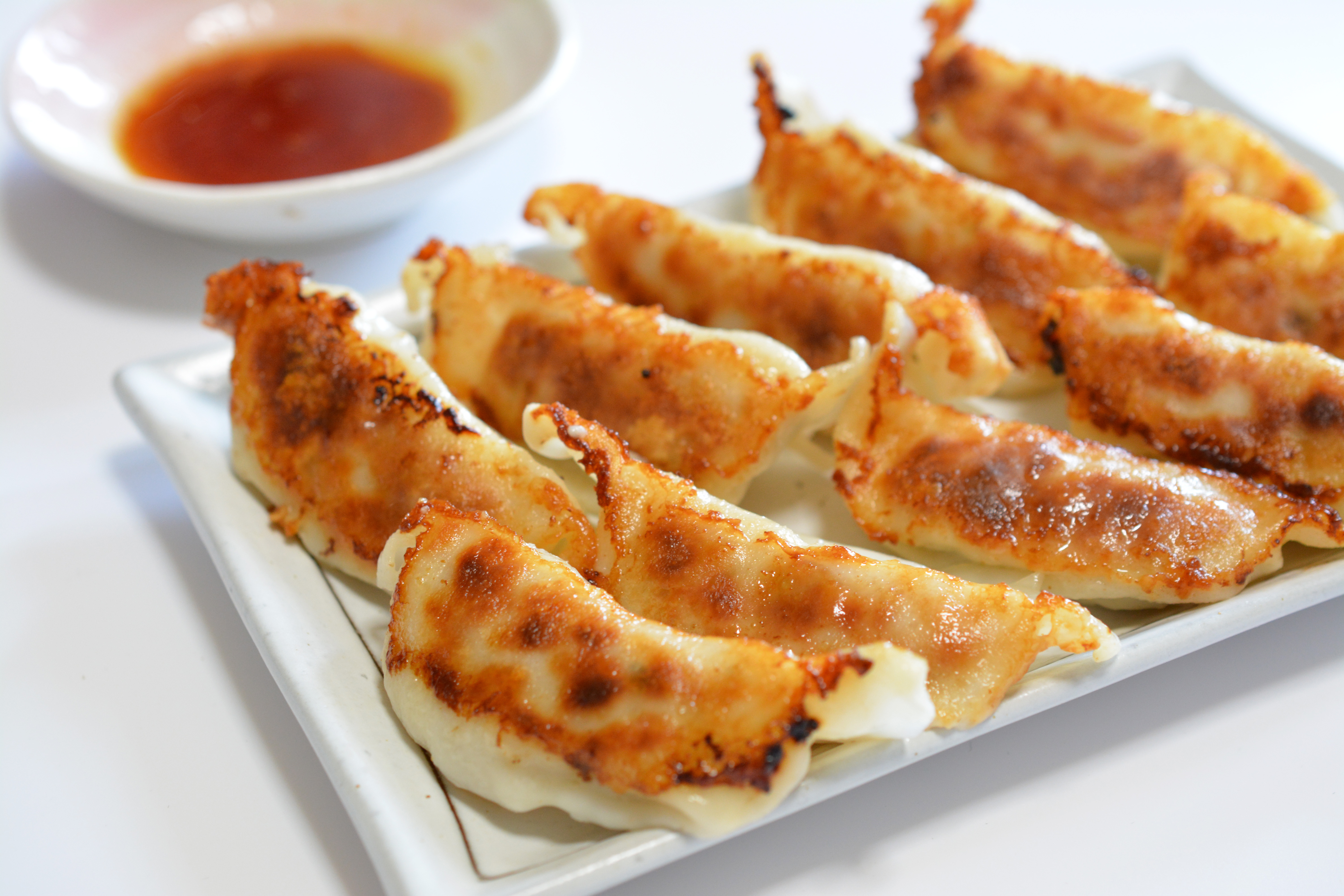
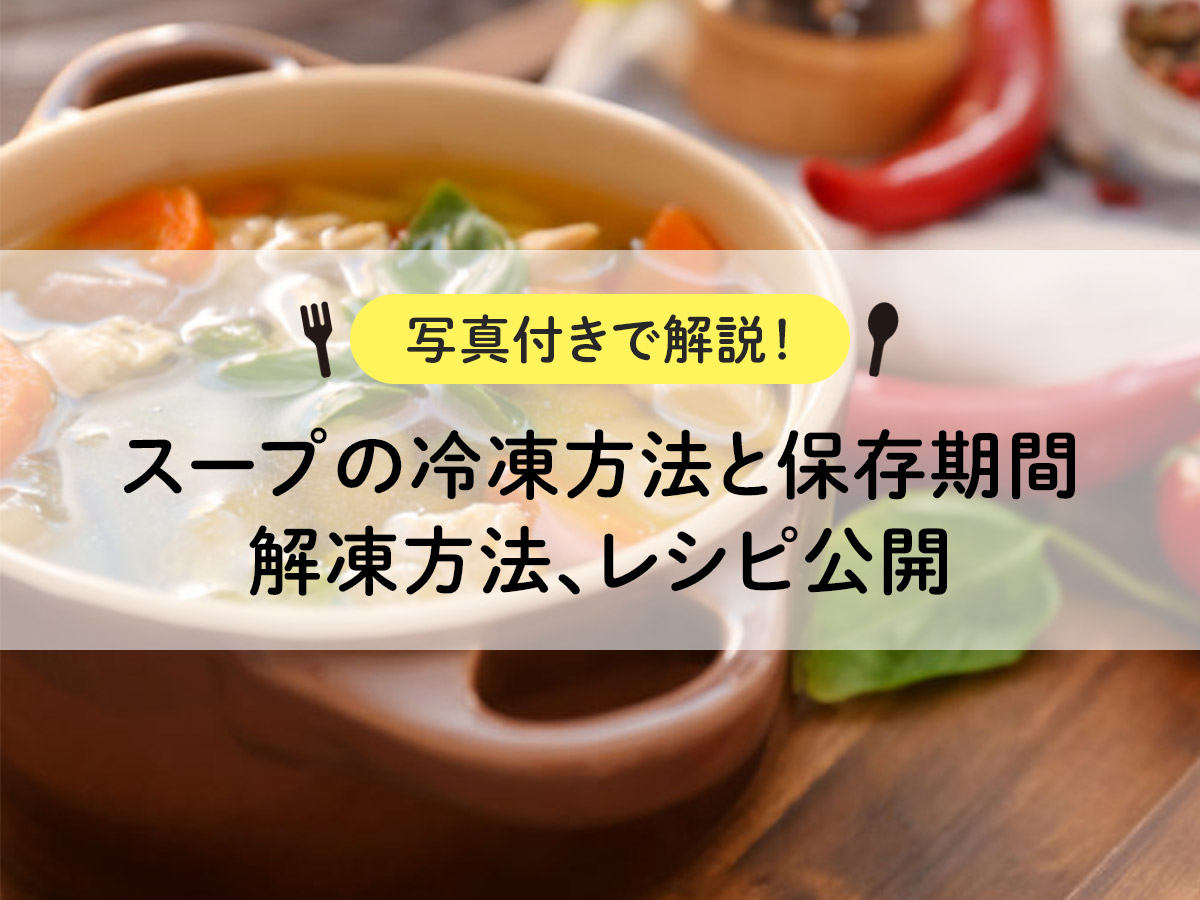
![[Freezing boiled food] rapid freezing demo](https://shunkashutou.com/wp-content/uploads/2016/10/4739208abfe6e2e63a43347c1598e991.webp)
![[Recommended for making lunch boxes! ] Delicious ways to use frozen foods](https://shunkashutou.com/wp-content/uploads/2023/09/m-frozen-food-bento_eyecatch.jpg)
![[Secret Technique] Introducing the freezing preservation and remake recipe of Kinpira Burdock!](https://shunkashutou.com/wp-content/uploads/2023/09/4c4b704274331befeed83cc4493acb75-1.jpg)
![[How to freeze and store clams to improve nutrition] How to freeze and thaw clams and 5 recipes!](https://shunkashutou.com/wp-content/uploads/2023/07/ecfa61188368277d34c95d6667bf15fe.jpg)
![[Various recipes] 3 tips for using frozen minced meat deliciously](https://shunkashutou.com/wp-content/uploads/2023/08/e9b2fc255393916ab79ea8b7fa0807d3.jpg)
![[Explanation with photos] How to freeze octopus, storage period, and 5 recipes!](https://shunkashutou.com/wp-content/uploads/2023/10/5128a2b3fa3cc254cffab87821372215.jpg)
![[Explanation with photos! ] Introducing the method and recipe for freezing komatsuna](https://shunkashutou.com/wp-content/uploads/2023/09/5d2a19a6e6cfb5ad0329d8fce162f292.jpg)
![How to freeze chicken, storage period, and 5 recipes! [Explanation with photos! ]](https://shunkashutou.com/wp-content/uploads/2023/08/01f6582931e13522ee0d1ee900be2d1d.jpg)

![[Freezing for a long time] 3 points to keep in mind when preserving vegetables](https://shunkashutou.com/wp-content/uploads/2023/08/5a2668284473e2bd93d9ade88bad2c0b.jpg)
![[Includes grilling instructions] How to freeze hamburger steak, storage period, and carefully selected recipes!](https://shunkashutou.com/wp-content/uploads/2023/09/eb3a531f7fd023f973240f698c092b64.jpg)

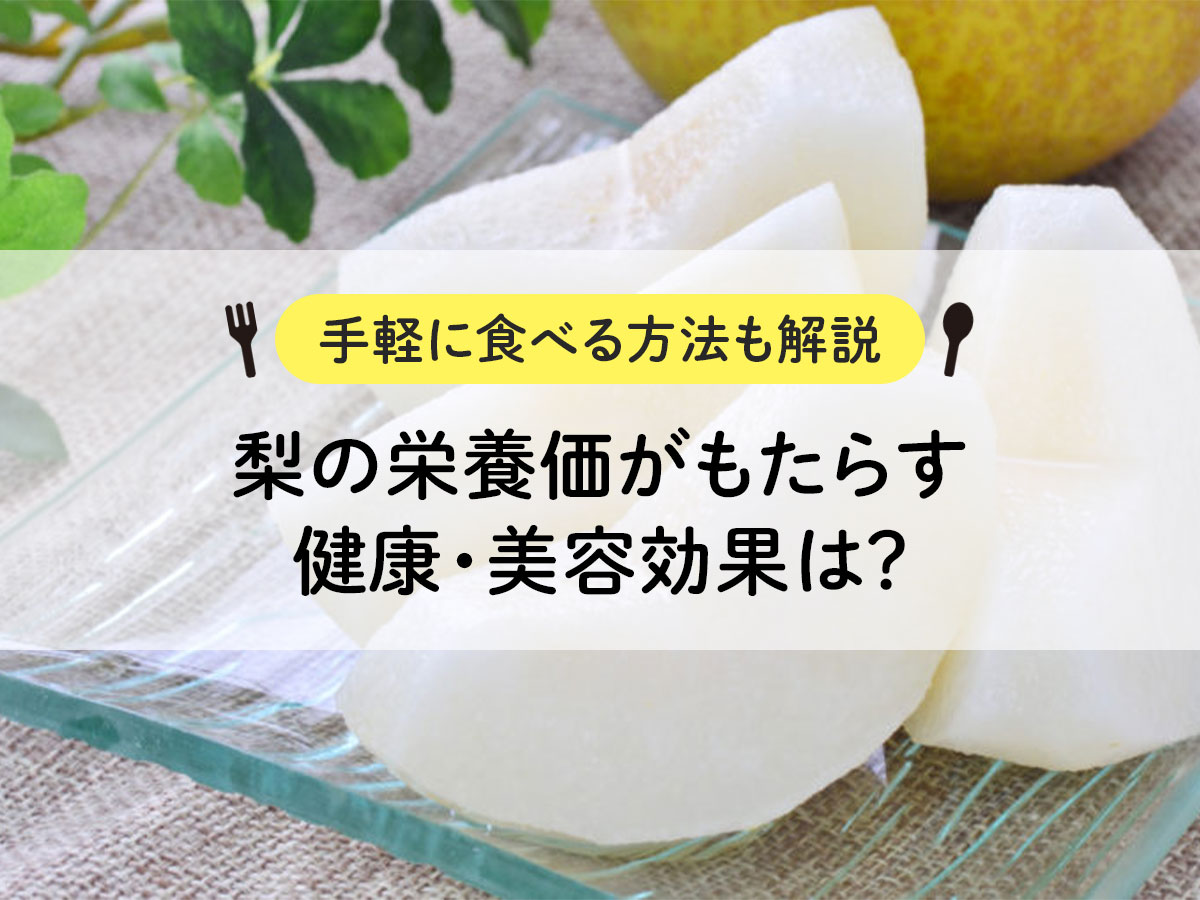
![[Can it be frozen? ] Introducing how to freeze kamaboko and how to remake it](https://shunkashutou.com/wp-content/uploads/2023/09/6d2830823df2896a1601685353b0fdf5.jpg)
![How to freeze zucchini and 5 recipes! [Explanation with photos! ]](https://shunkashutou.com/wp-content/uploads/2023/10/zucchini6-768x512-1.jpg)
![How to freeze rice cake, expiry date, and 5 recipes! [Explanation with photos! ]](https://shunkashutou.com/wp-content/uploads/2023/10/bd019f04ad570f697ffefe9ffd2e1e71.jpg)
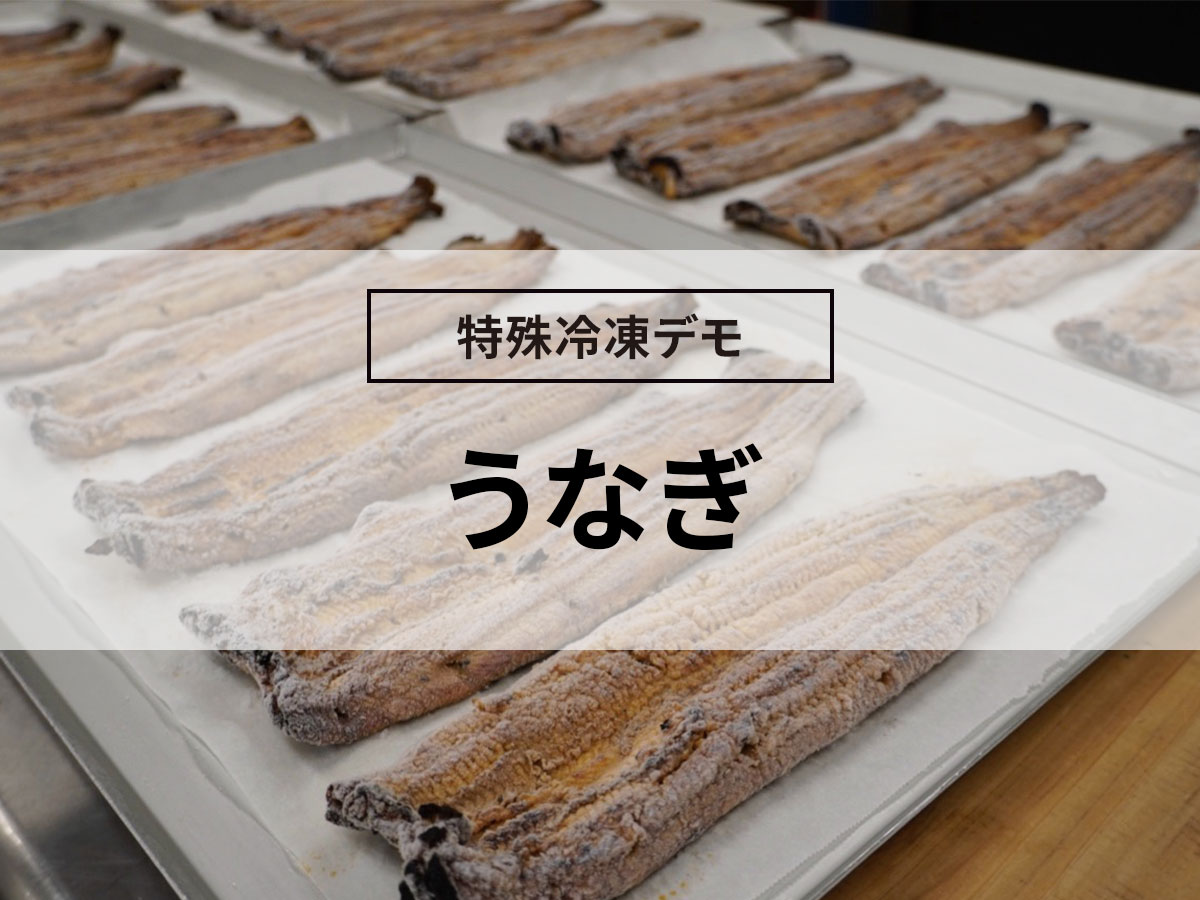
![[Osechi remake dishes too! ] Introducing the method and recipe for freezing black beans](https://shunkashutou.com/wp-content/uploads/2023/09/9bcd5b0667eef32b7c7daf786e01172f.jpg)
![[Is it more nutritious than raw? ] Introducing recipes and how to preserve frozen blueberries](https://shunkashutou.com/wp-content/uploads/2023/07/bdc074d8bfa2dc63c2c7bf92dc1dd07d.jpg)
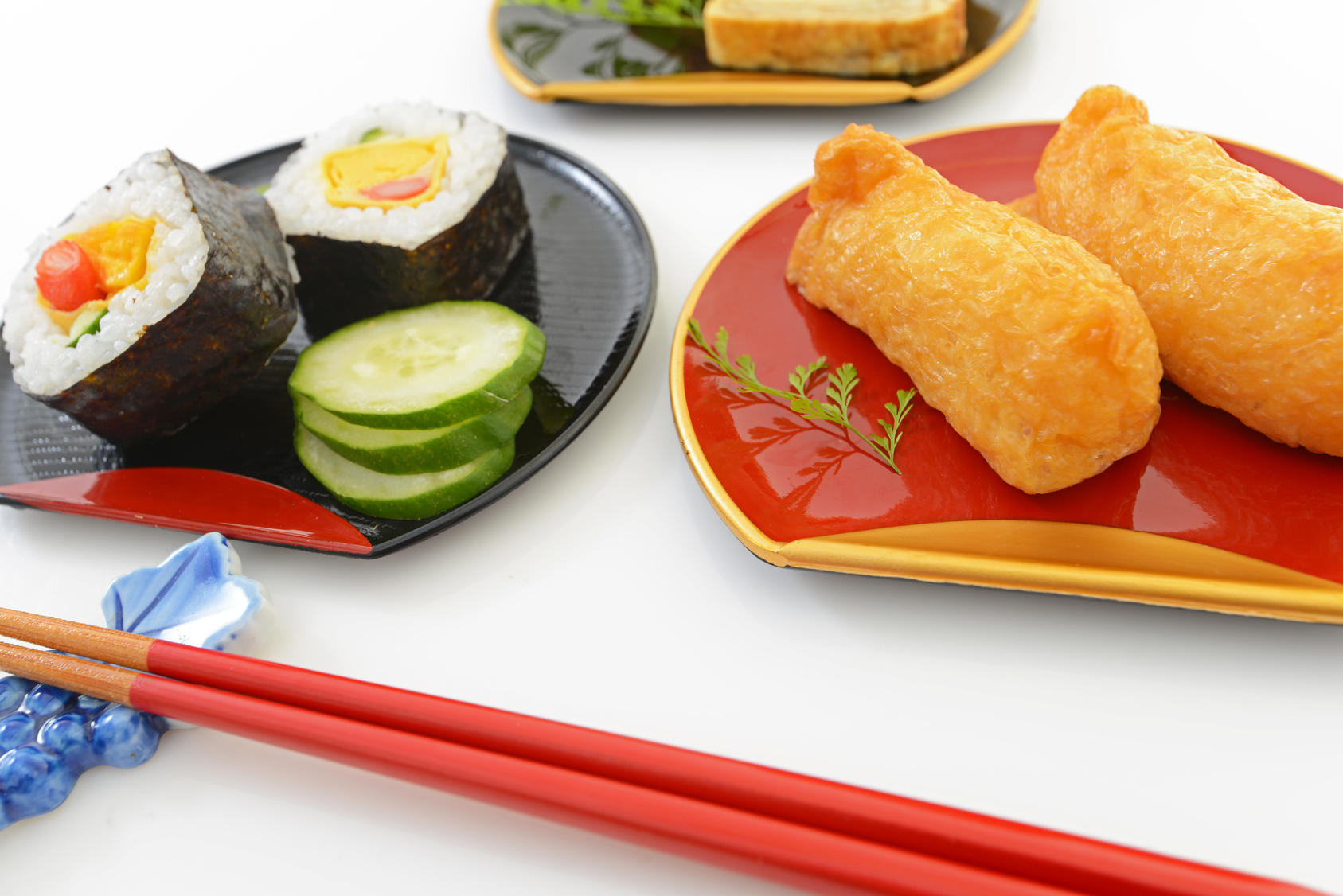
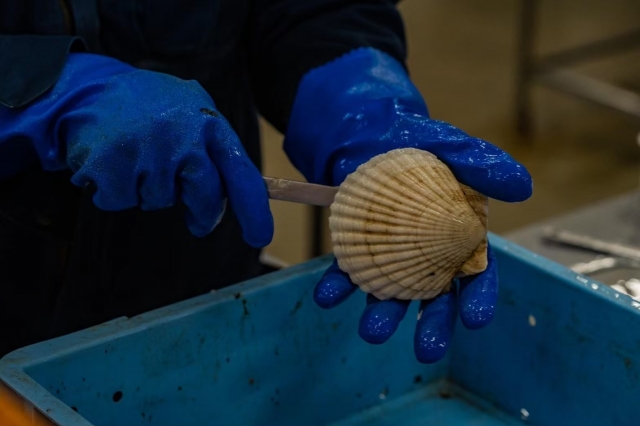
![[Explanation with photos! ] How to freeze hijiki and its storage period, 5 recipes!](https://shunkashutou.com/wp-content/uploads/2023/09/ff6bdc527dd066b7d725a48161d7925d.jpg)
![Introducing how to freeze burdock and recipes [Explanation with photos! ]](https://shunkashutou.com/wp-content/uploads/2023/09/0812c28da547fe267723143edad2bfed.jpg)
![[For vegetable processors] What is the blanching process that improves the quality of frozen vegetables?](https://shunkashutou.com/wp-content/uploads/2016/09/ad38a1a4c704bc39303ac1864f5b0b8d.jpg)
![[Delicious frozen squid recipe! ] Tips on how to eat squid deliciously and without waste](https://shunkashutou.com/wp-content/uploads/2023/10/f3bc339b6bcaff01bd8e2aaa4257acfe.jpg)
![Introducing how to freeze/thaw salmon roe and how long to store it [includes carefully selected recipes]](https://shunkashutou.com/wp-content/uploads/2023/09/236b884b68d07d2f5983f2b9ea66583d.jpg)
![[Can it be frozen? ] Mentaiko frozen storage, expiration date, and carefully selected recipes!](https://shunkashutou.com/wp-content/uploads/2023/09/618266af112a78579edd3bff41c2a804.jpg)
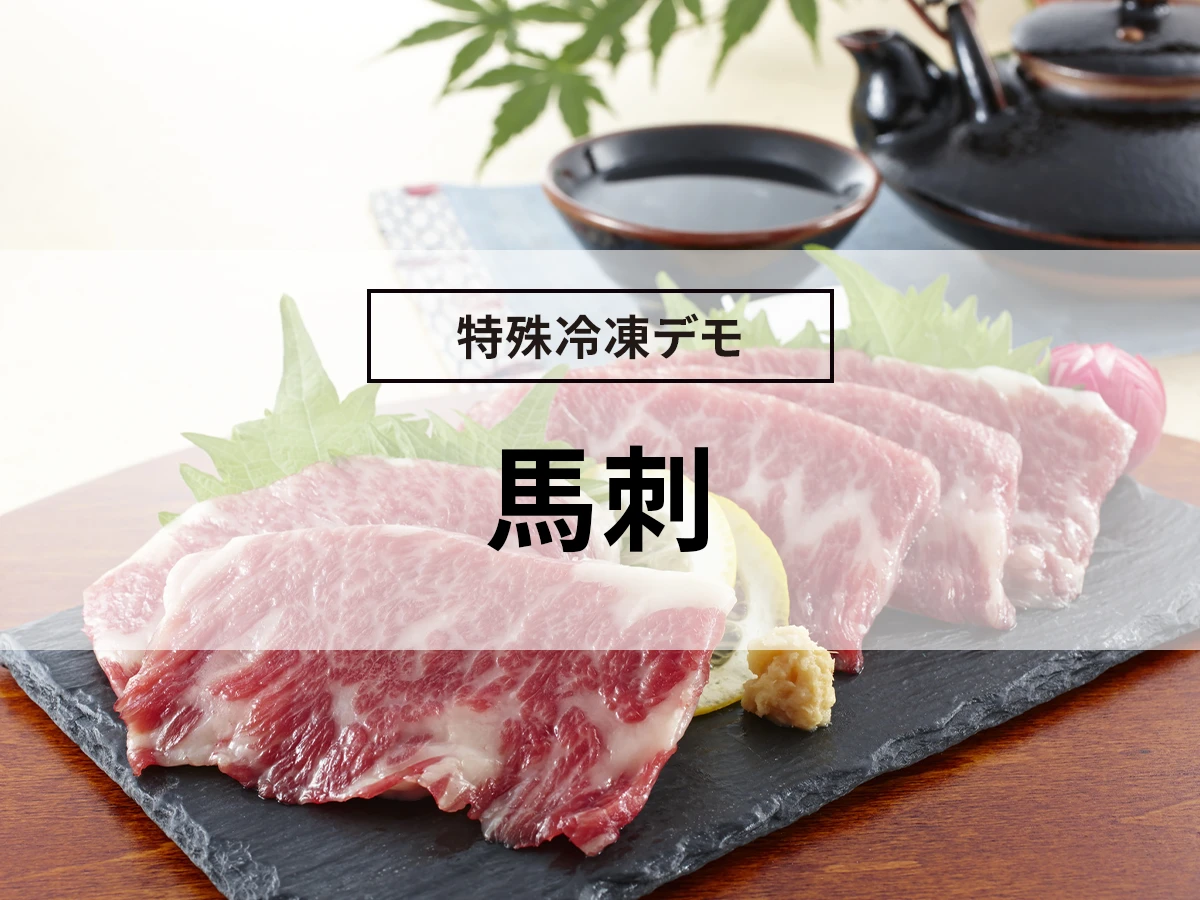
![[Achieving low cost and high quality] The problems of pubs can be solved with a quick freezer!](https://shunkashutou.com/wp-content/uploads/2016/02/11d55612344a4cbad2ad506ae700c81b.jpg)
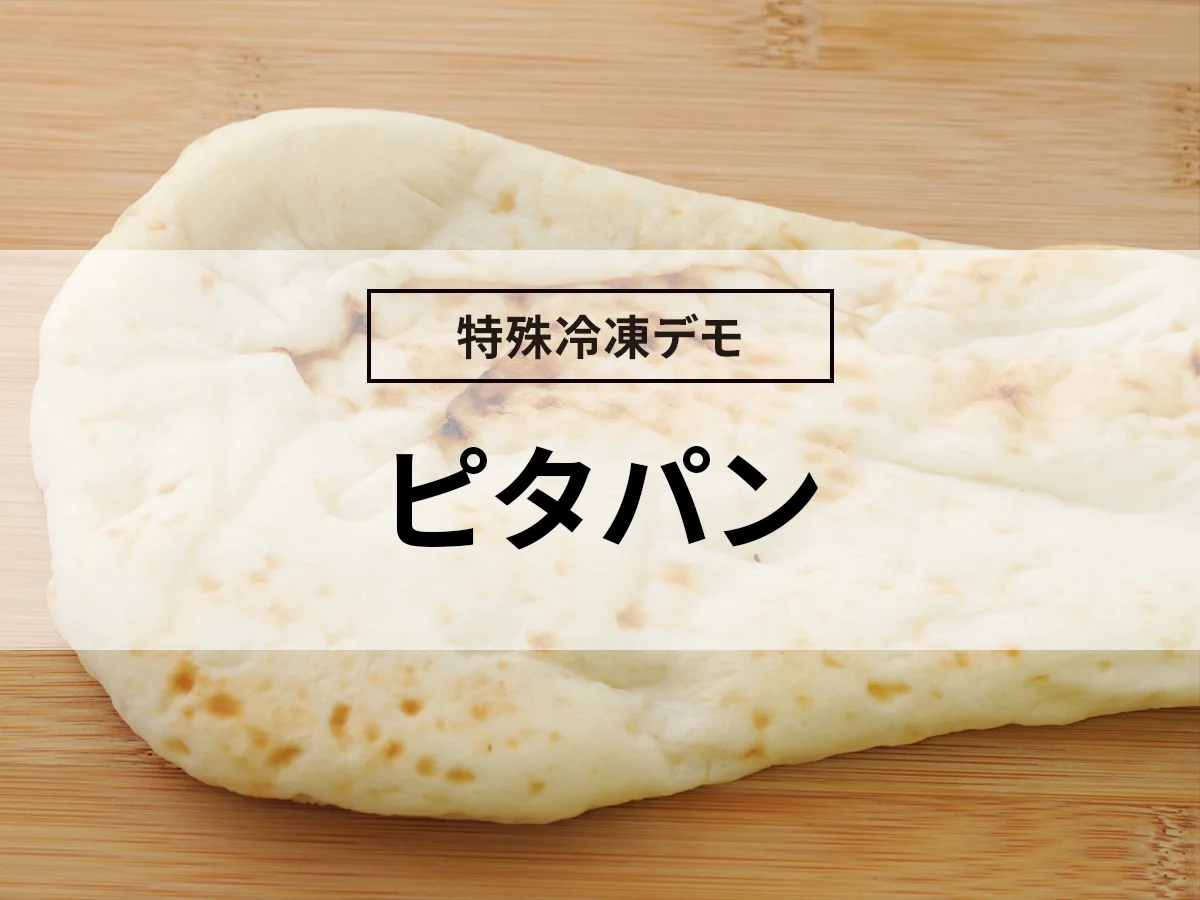
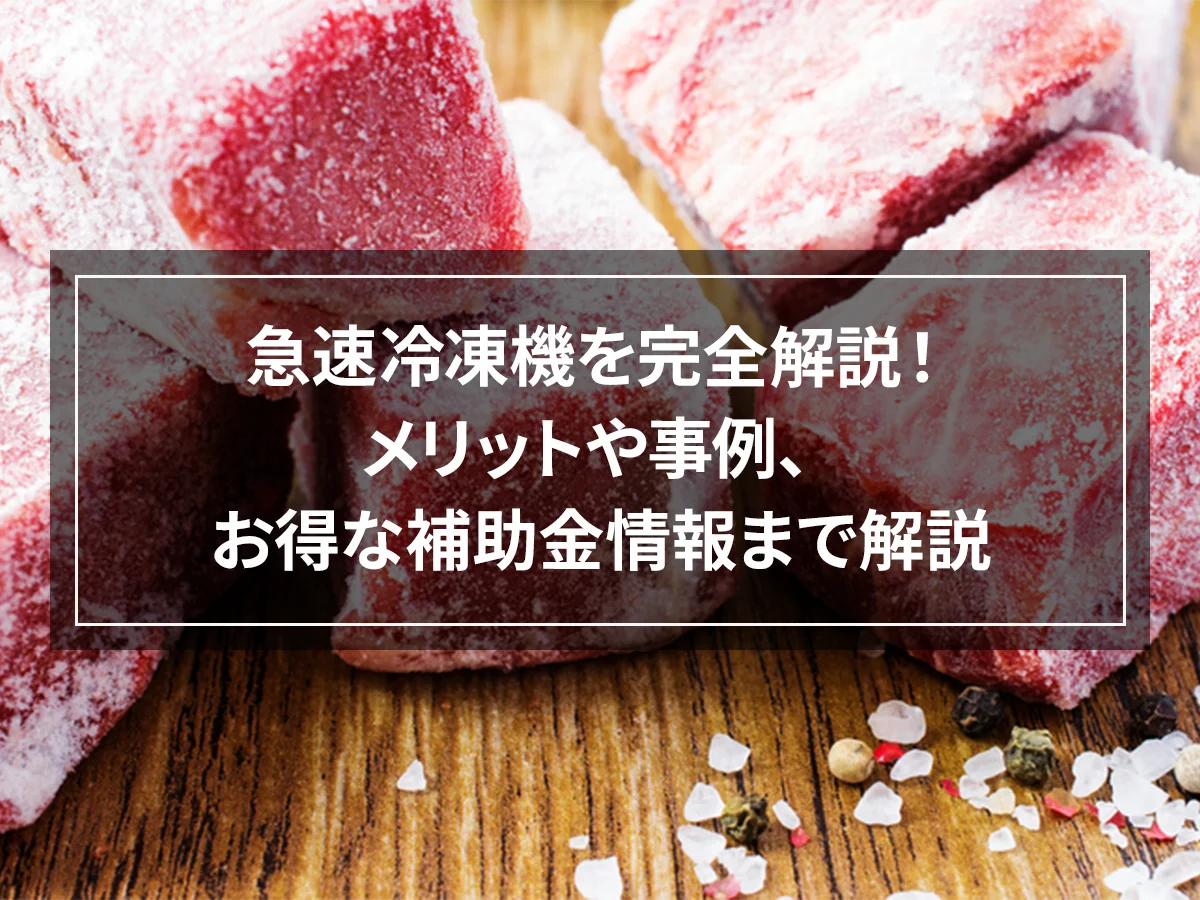

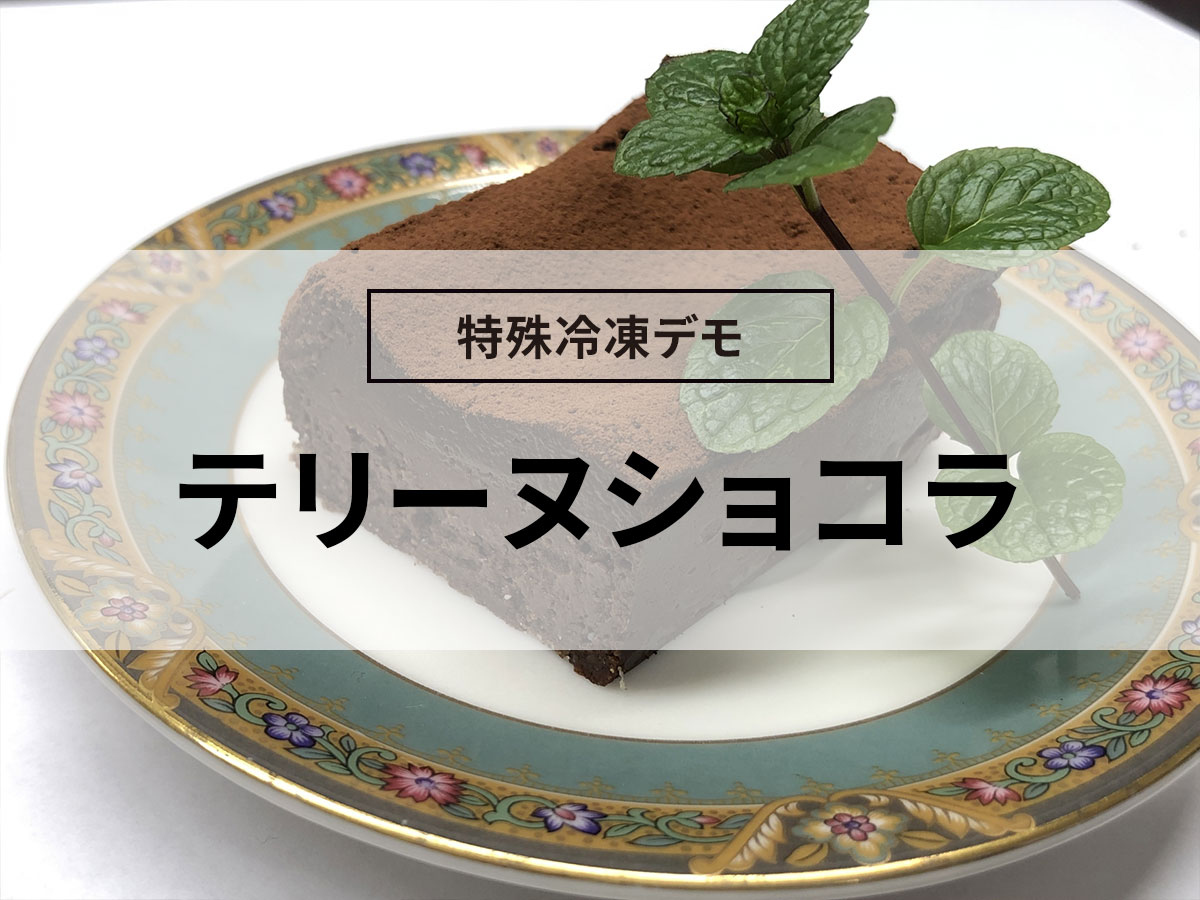


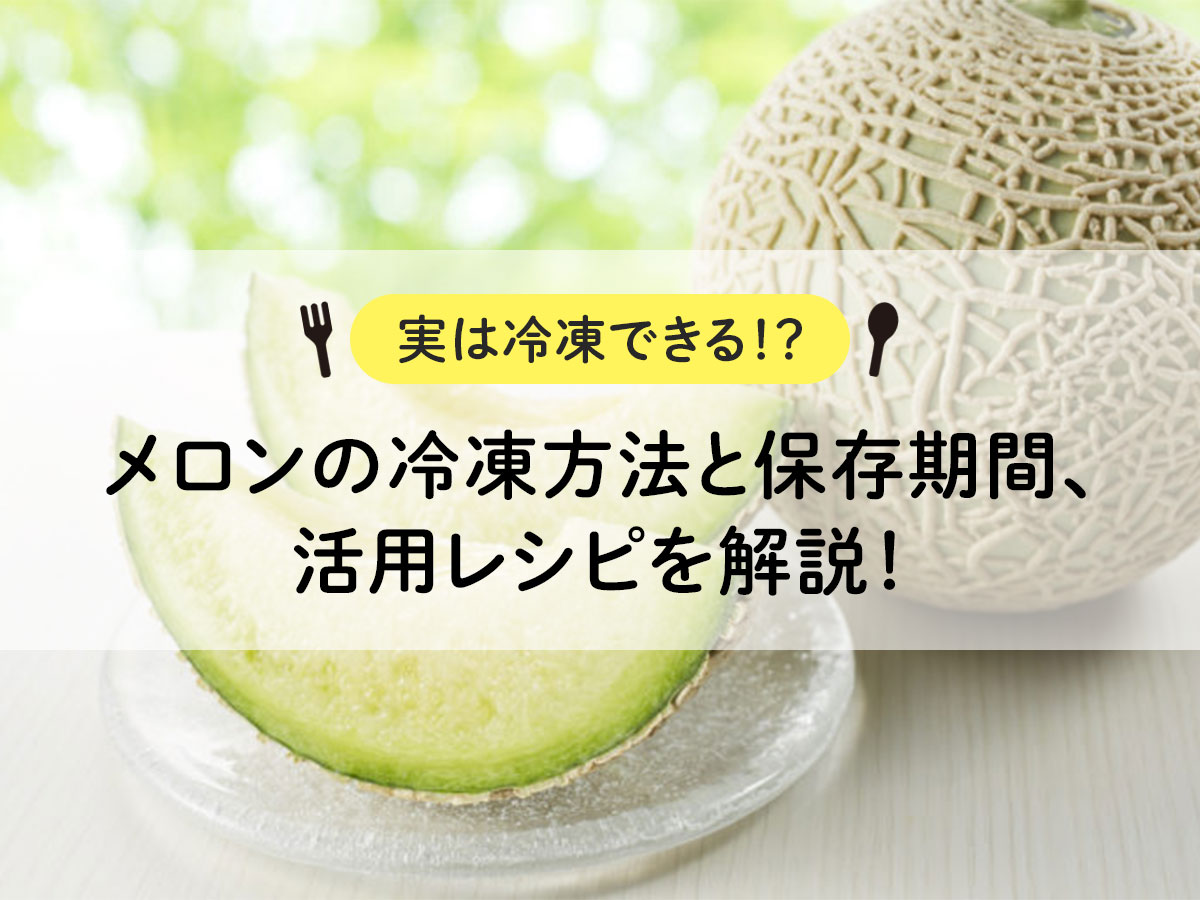

![[Must-see for bakers] 6 reasons why bakeries should use rapid freezing](https://shunkashutou.com/wp-content/uploads/2021/02/f92a102c9d3cc8c63dc7e509ce6d35d2.jpg)
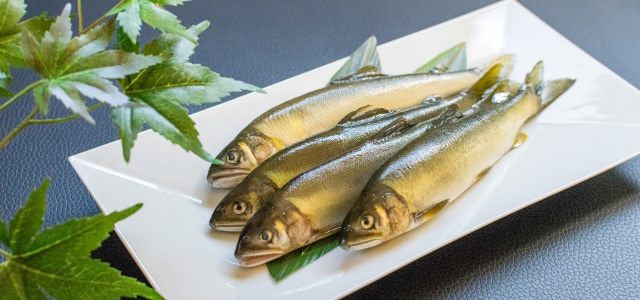
![[Delicious, Convenient, Cheap] Recommended commercial frozen foods for restaurants to purchase](https://shunkashutou.com/wp-content/uploads/2023/07/business-frozen-food-1024x682-1.jpg)
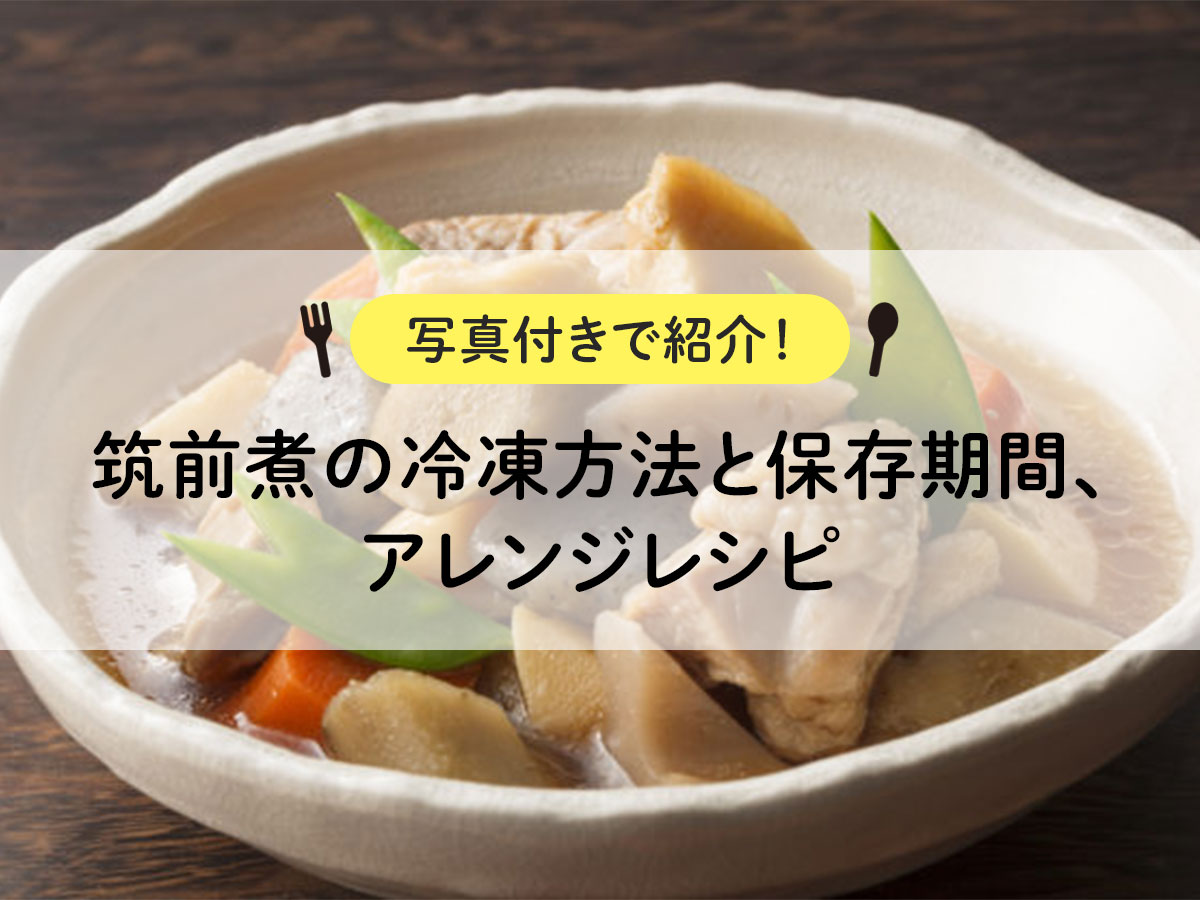
![[Explanation of how to fry! ] How to freeze and thaw pork cutlet, remake recipe!](https://shunkashutou.com/wp-content/uploads/2023/10/0a4143ad8ea0cc6bb6fdab8c74fab407.jpg)
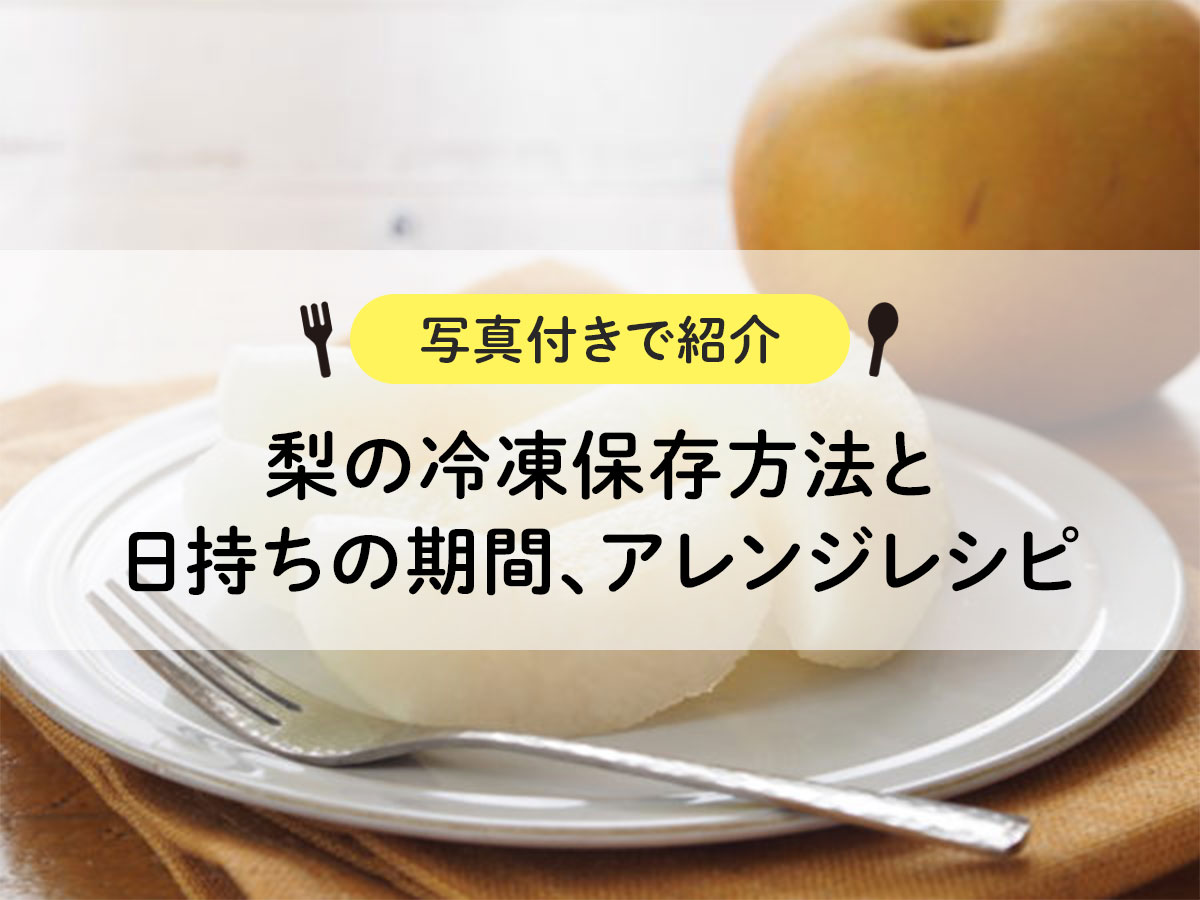
![[Introducing trick techniques! ] How to freeze and thaw pancakes](https://shunkashutou.com/wp-content/uploads/2023/09/4f2e9d04709f0c4e5c1769985a49ac8b.jpg)
![How to freeze/thaw turnips, storage period, and 5 recipes [Explanation with photos]](https://shunkashutou.com/wp-content/uploads/2023/09/eae0789d04cc4971cf4232963b4d2231-1.jpg)
![[Can it be frozen? ] How to freeze mashed potatoes, how long they can be stored, and how to use them](https://shunkashutou.com/wp-content/uploads/2023/09/b7f3f25102051473b7c2f9452840a6f4.jpg)
![[Explanation with photos! ] How to freeze butter, storage period, and 5 recipes](https://shunkashutou.com/wp-content/uploads/2023/08/4e4d4fde2efeae3d997d4356f1cc75c1.jpg)
![[Lunch boxes are easy! ] Techniques and recipes for effectively using frozen side dishes](https://shunkashutou.com/wp-content/uploads/2023/07/reitou-bento-1024x682-1.jpg)
![[Can it be frozen? ] How to freeze dried daikon radish and arrange recipes!](https://shunkashutou.com/wp-content/uploads/2023/09/84f89f802d6869949972432e7b3be19c.jpg)
